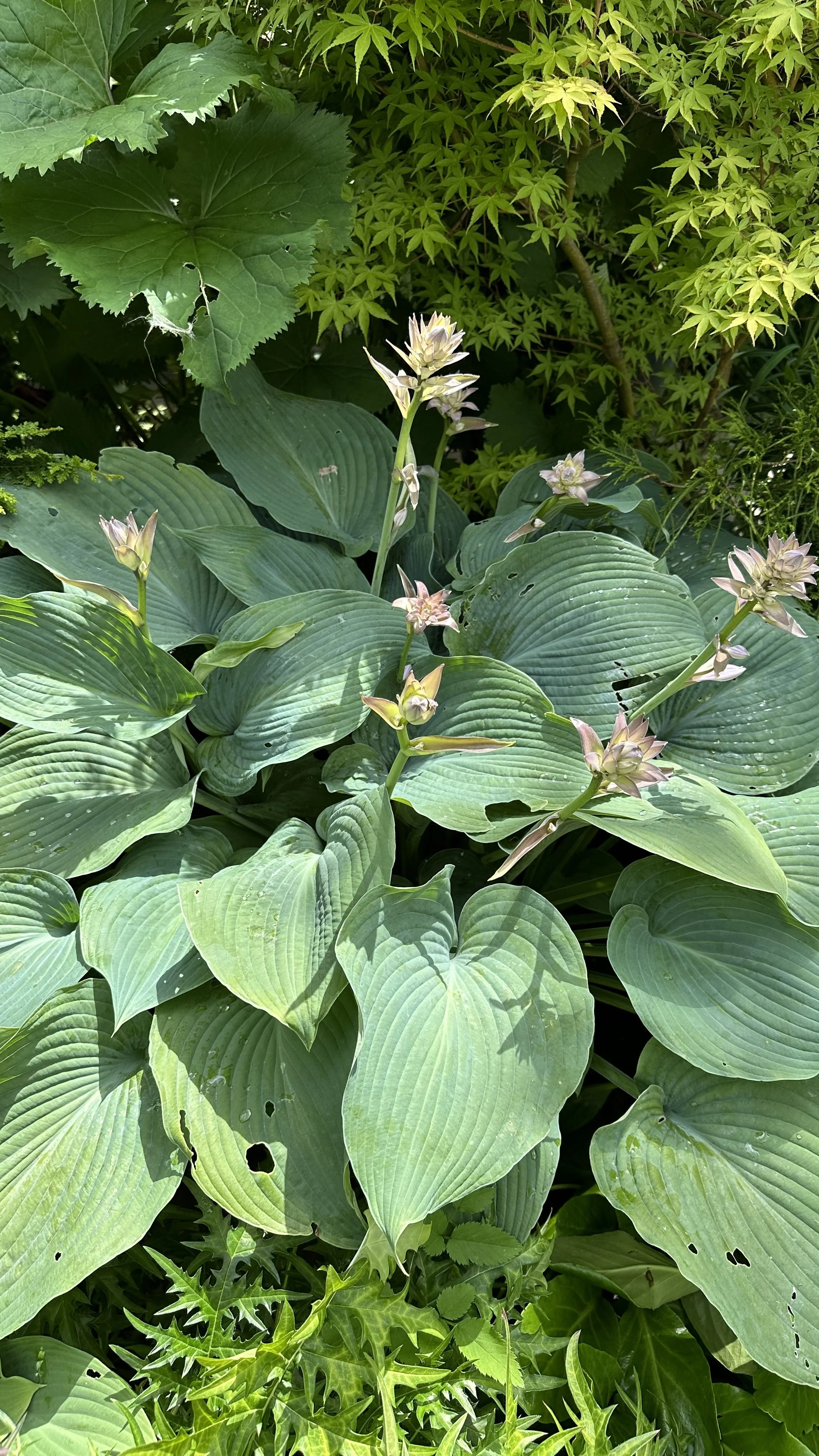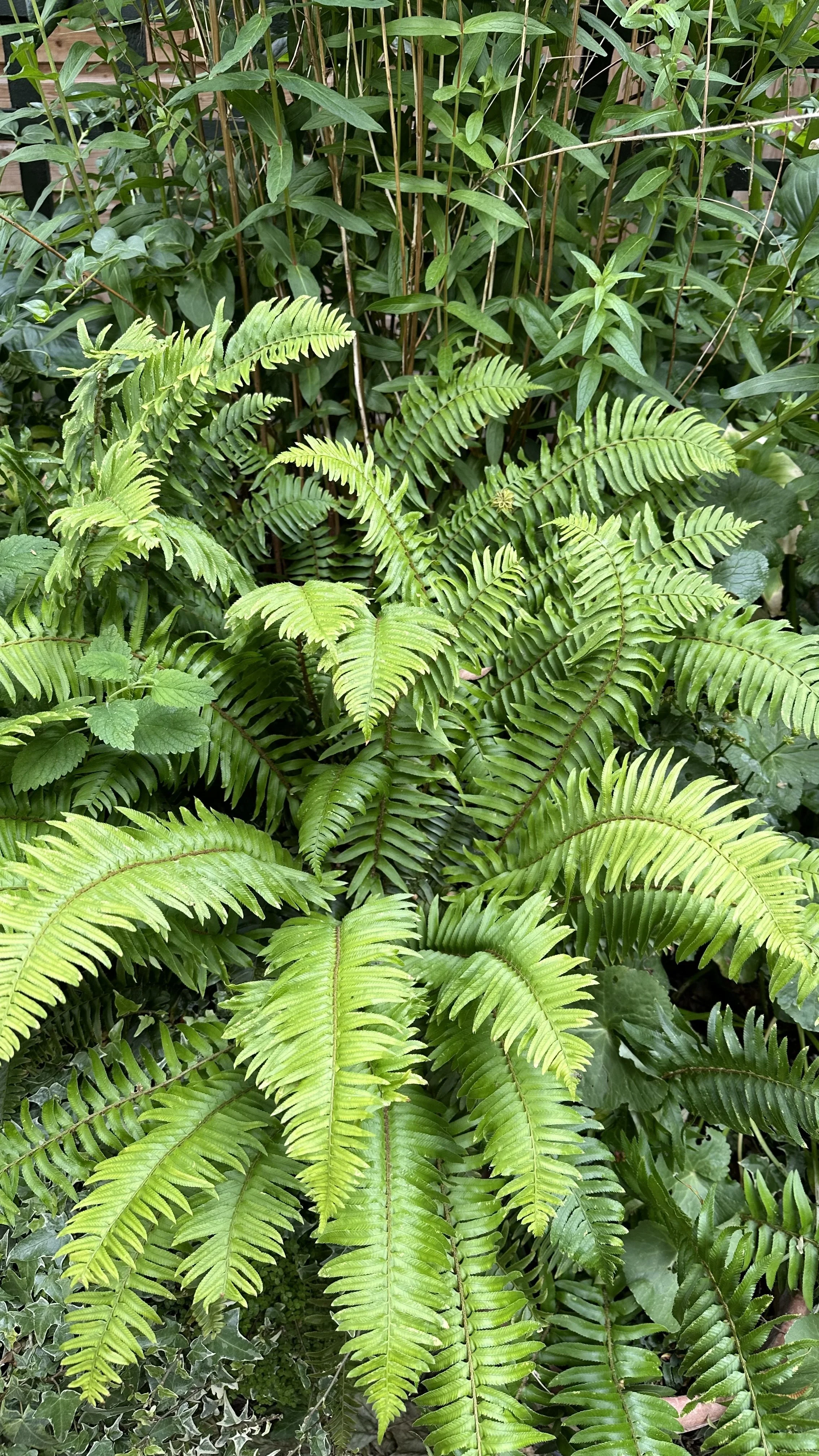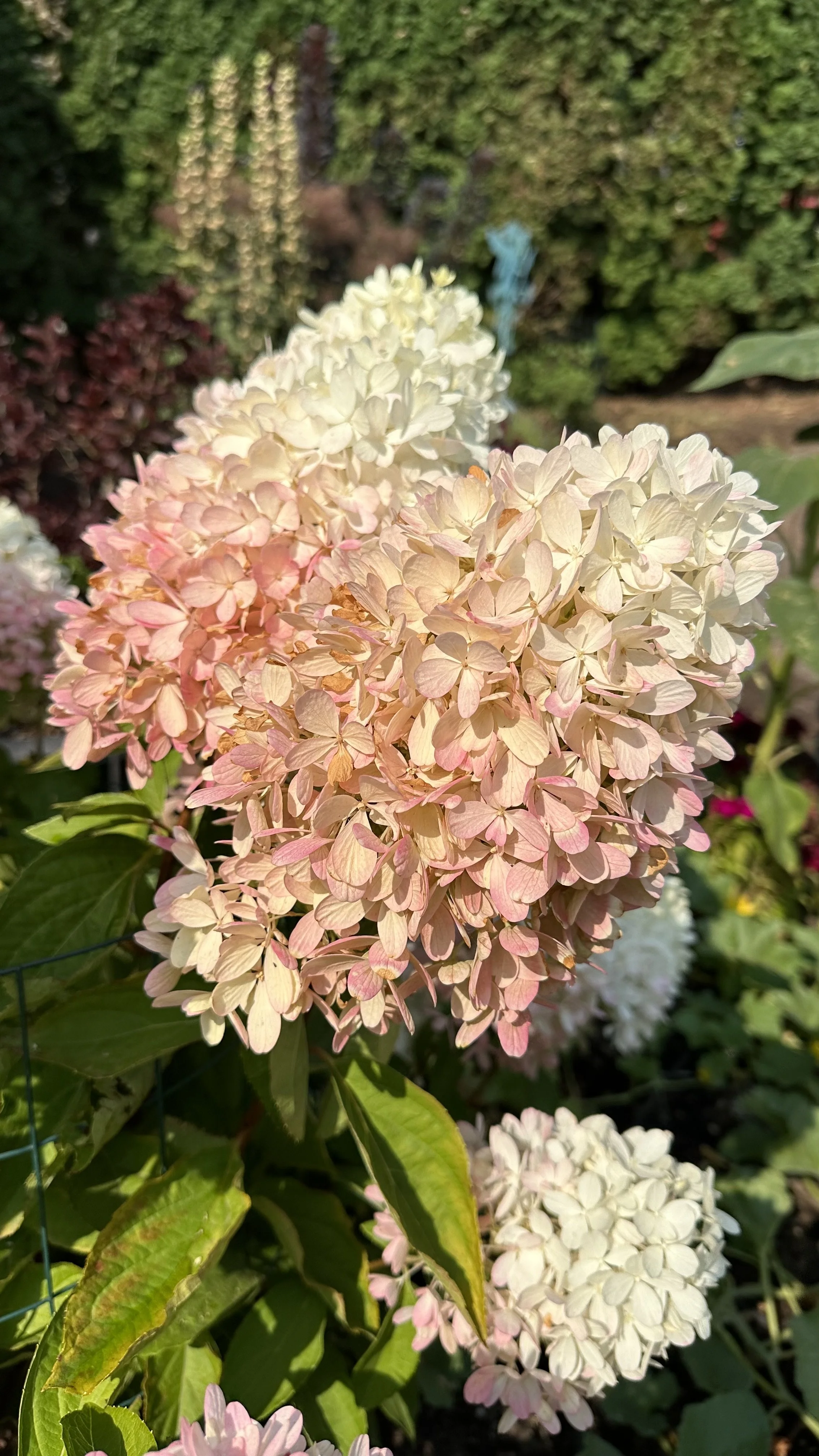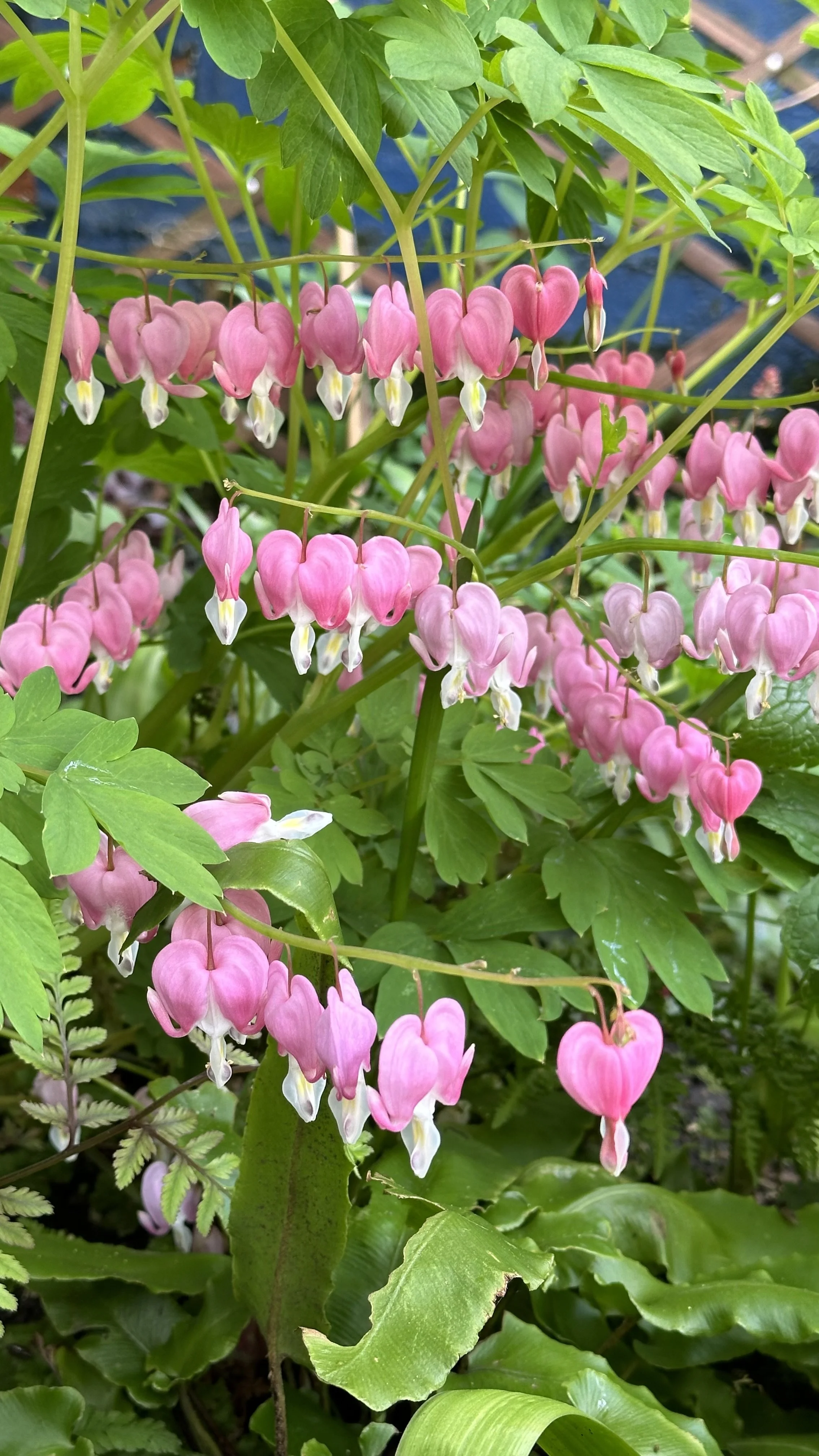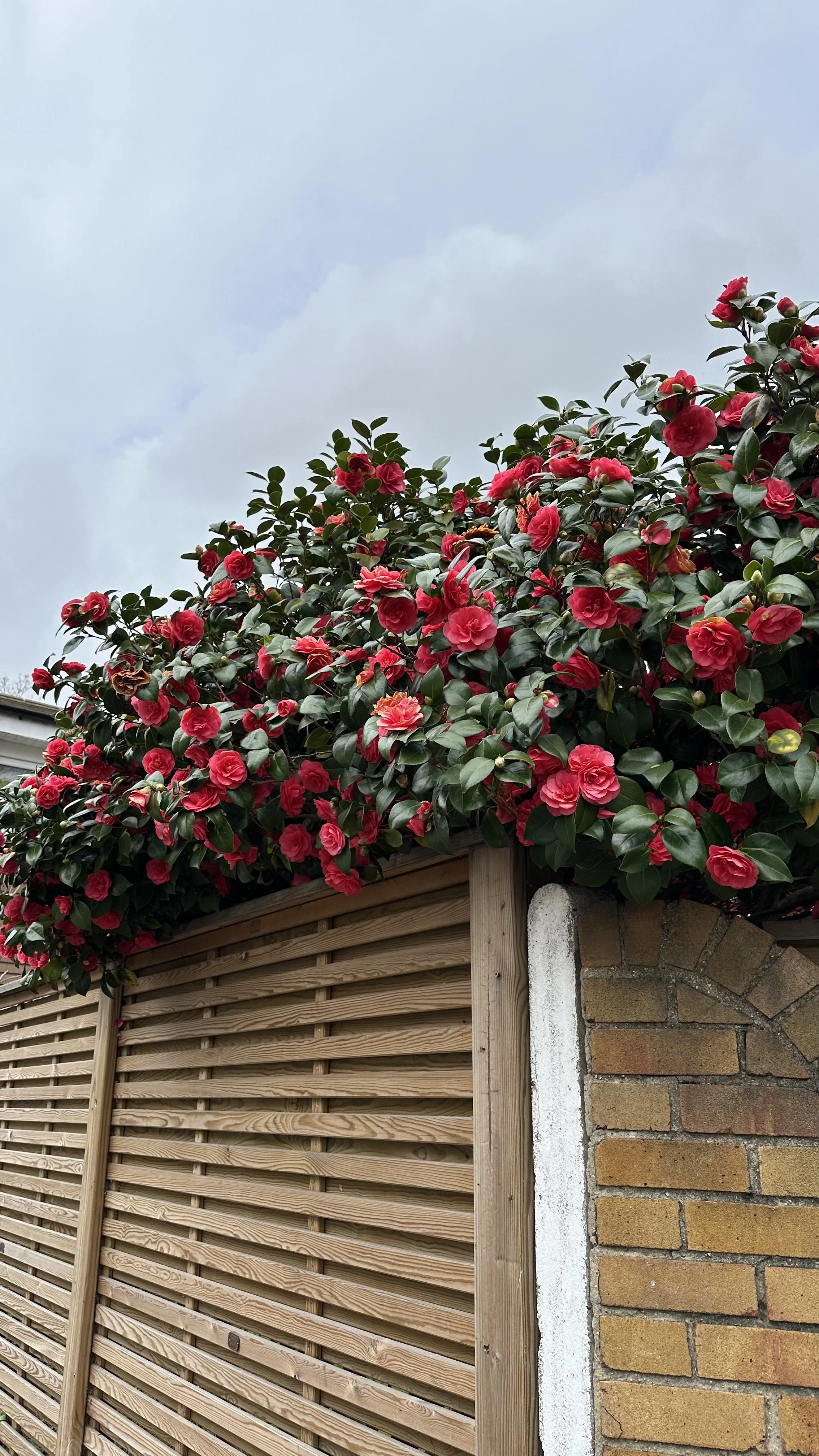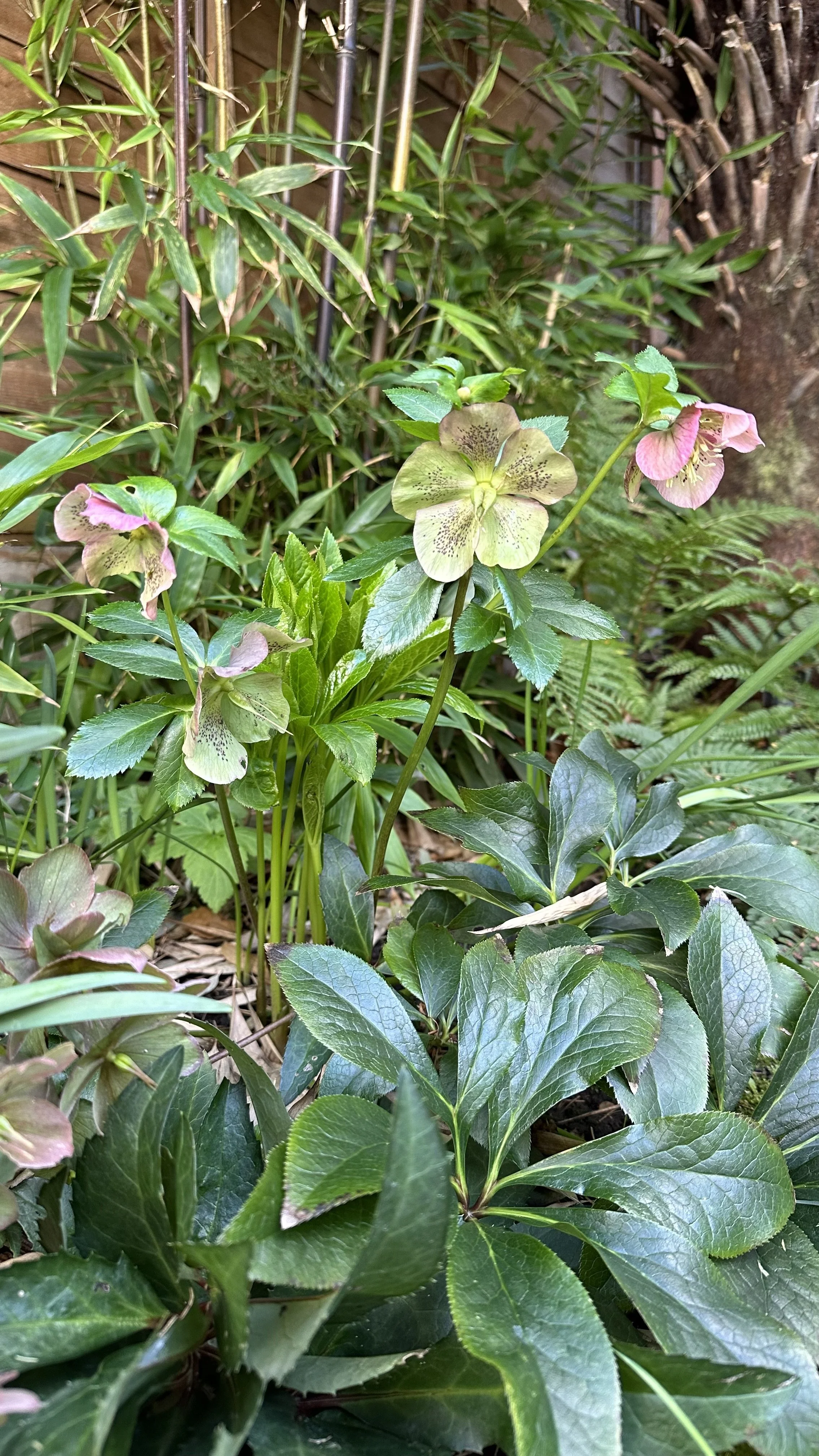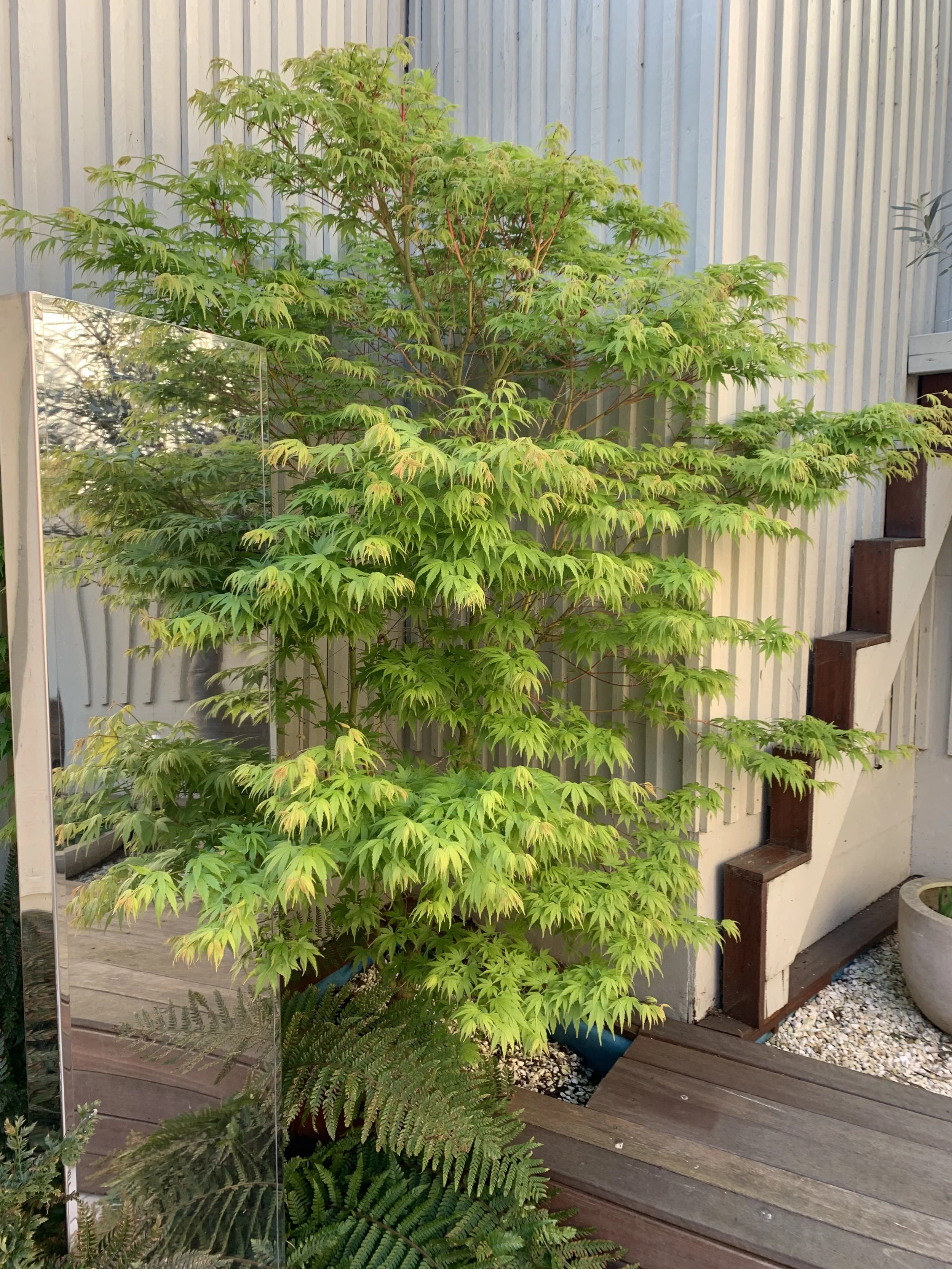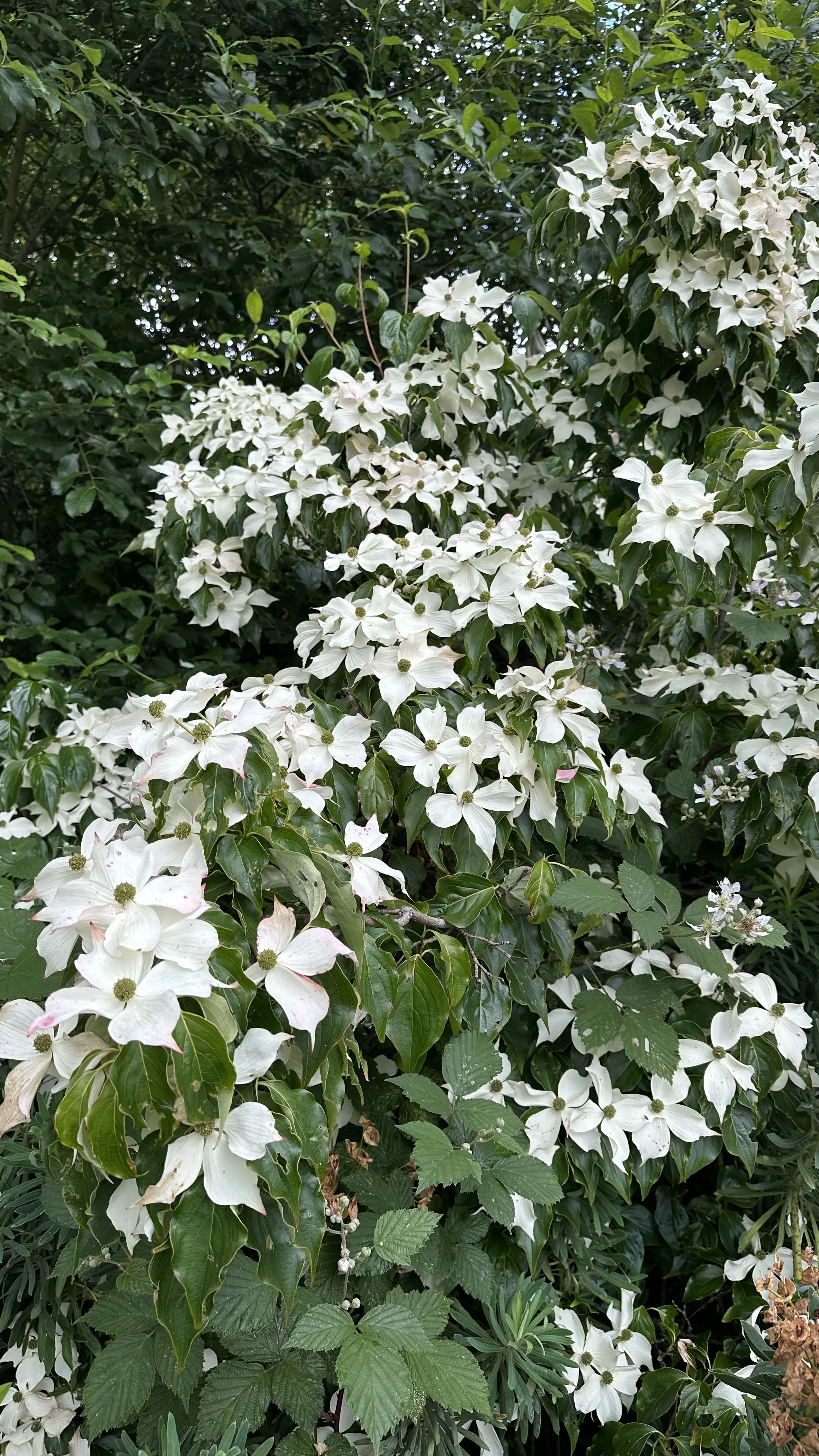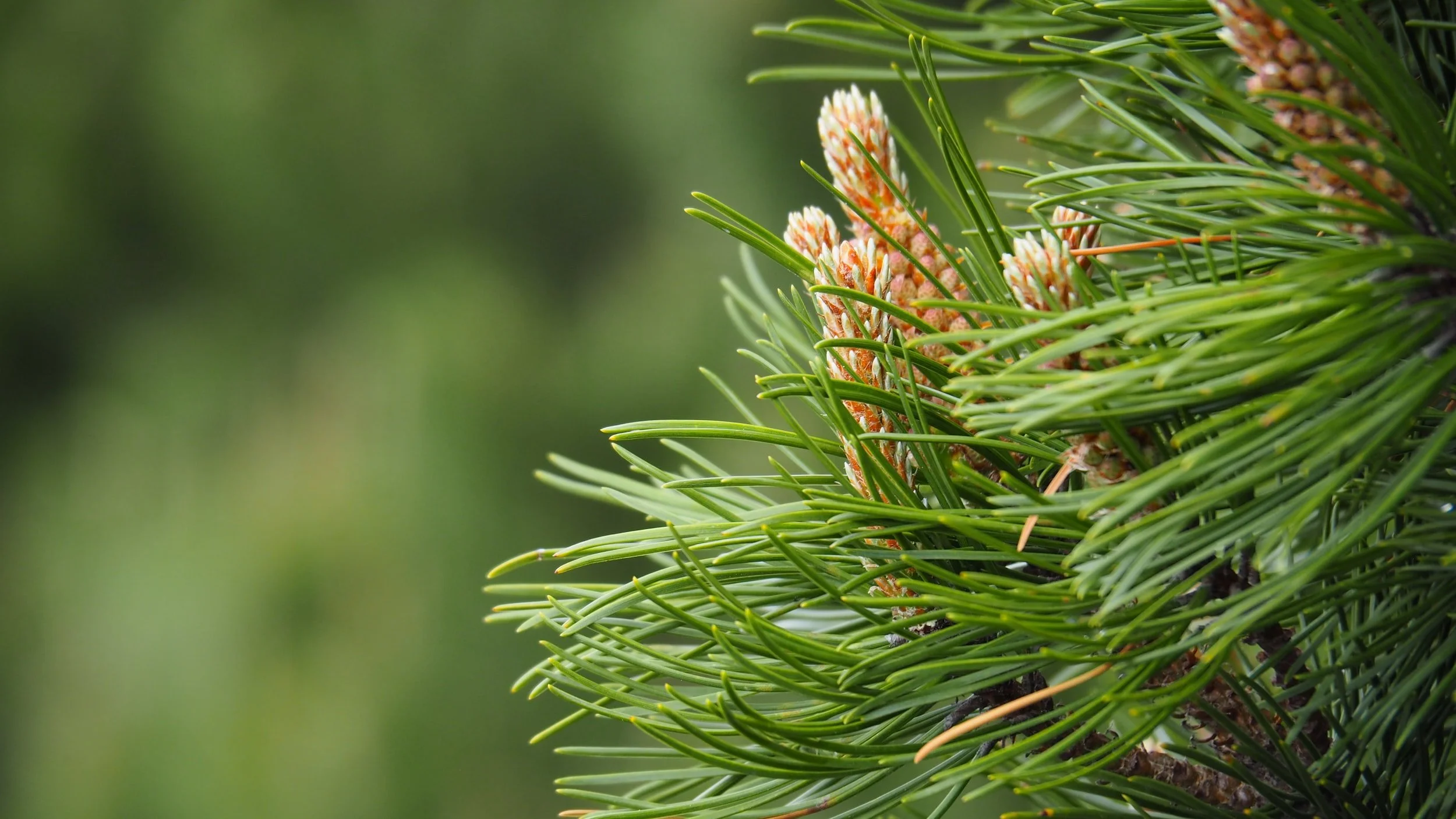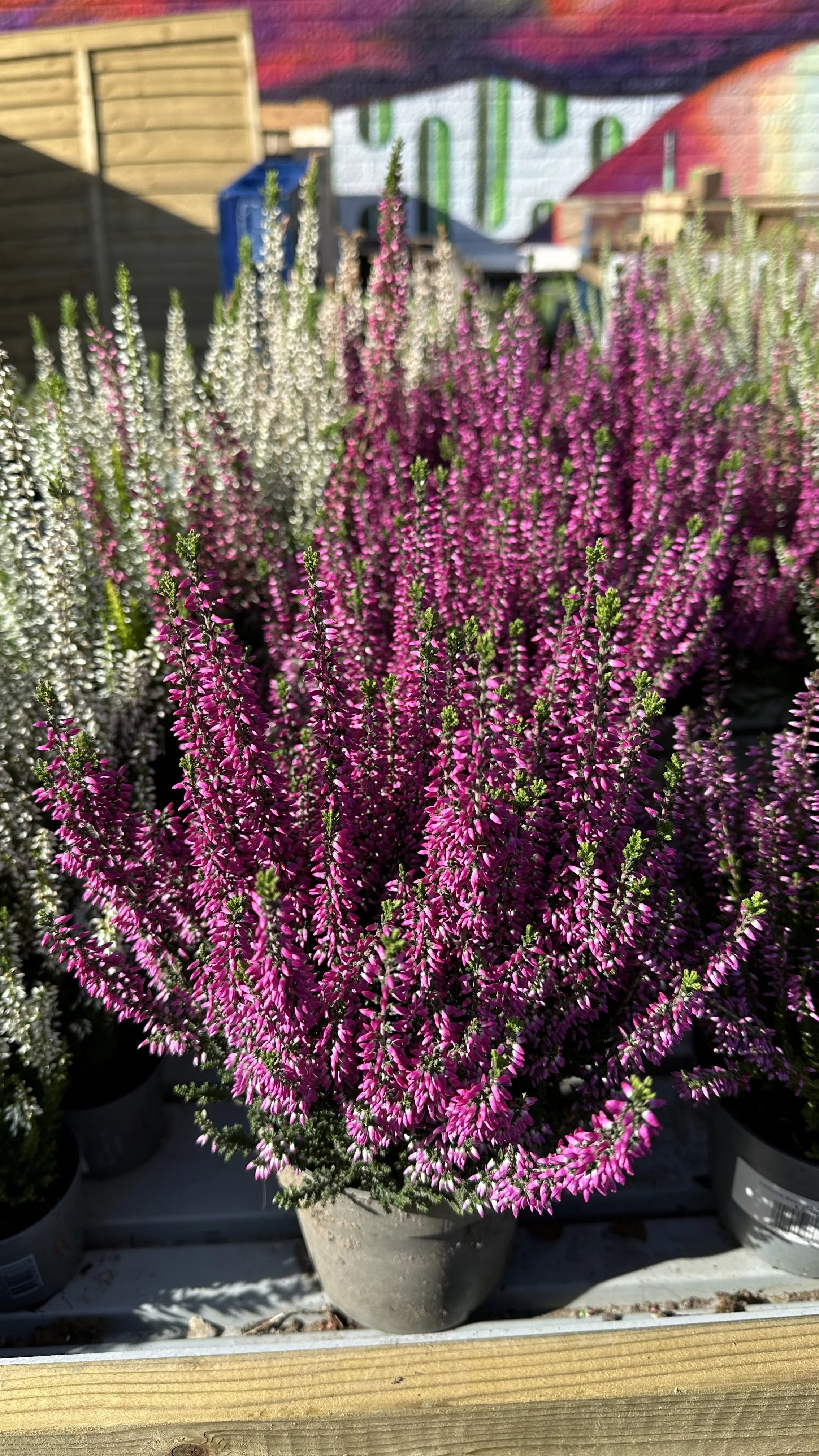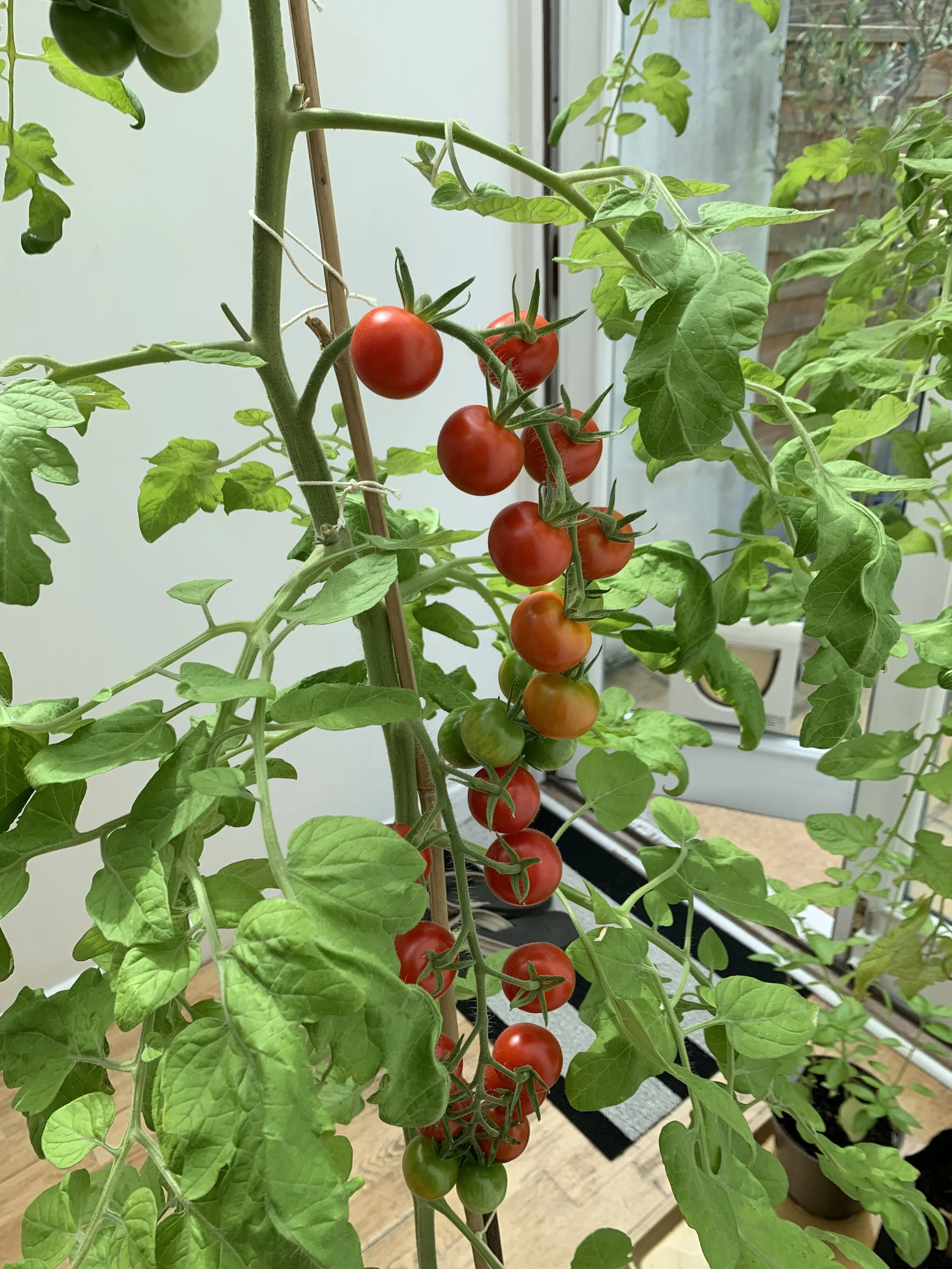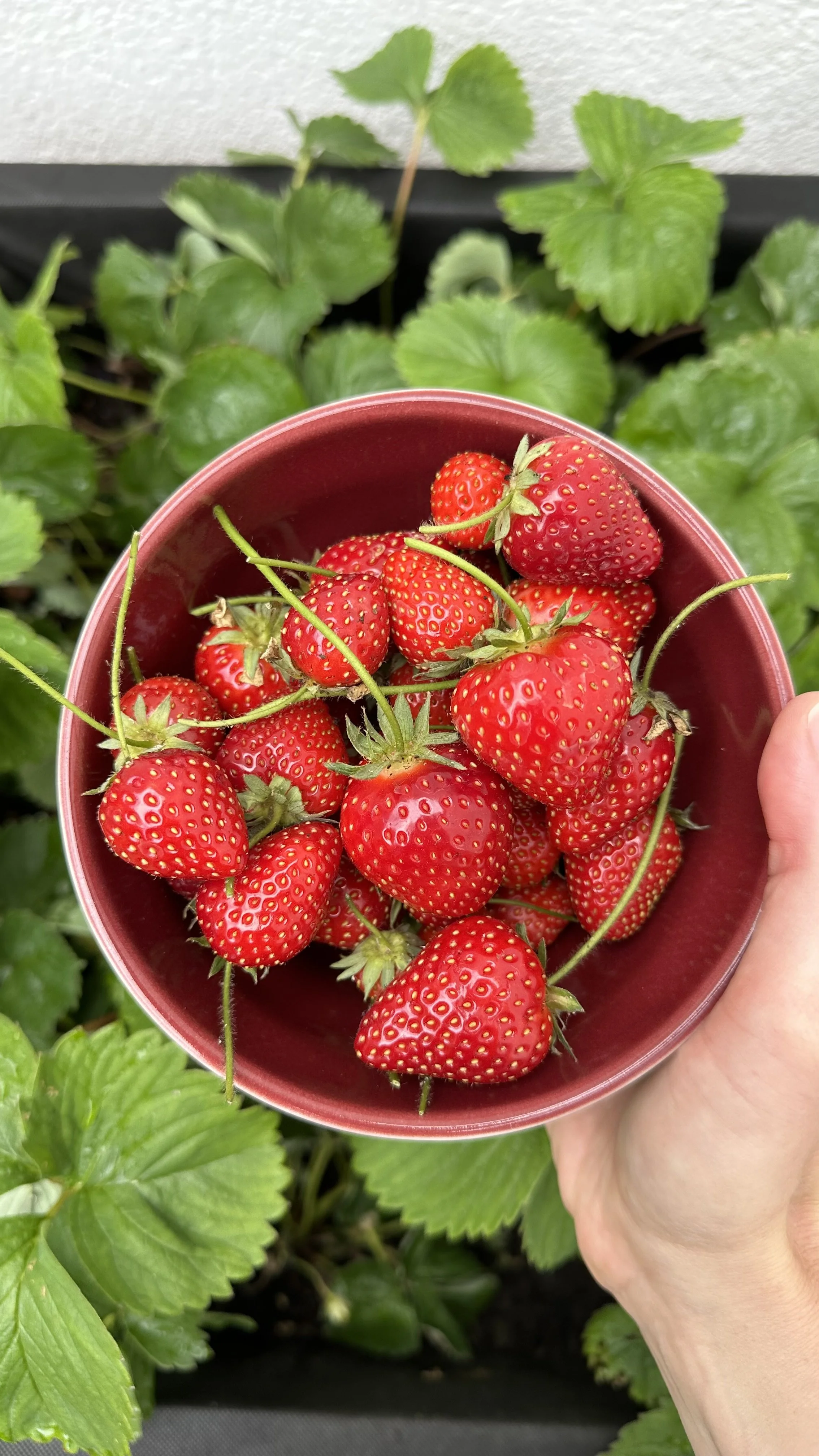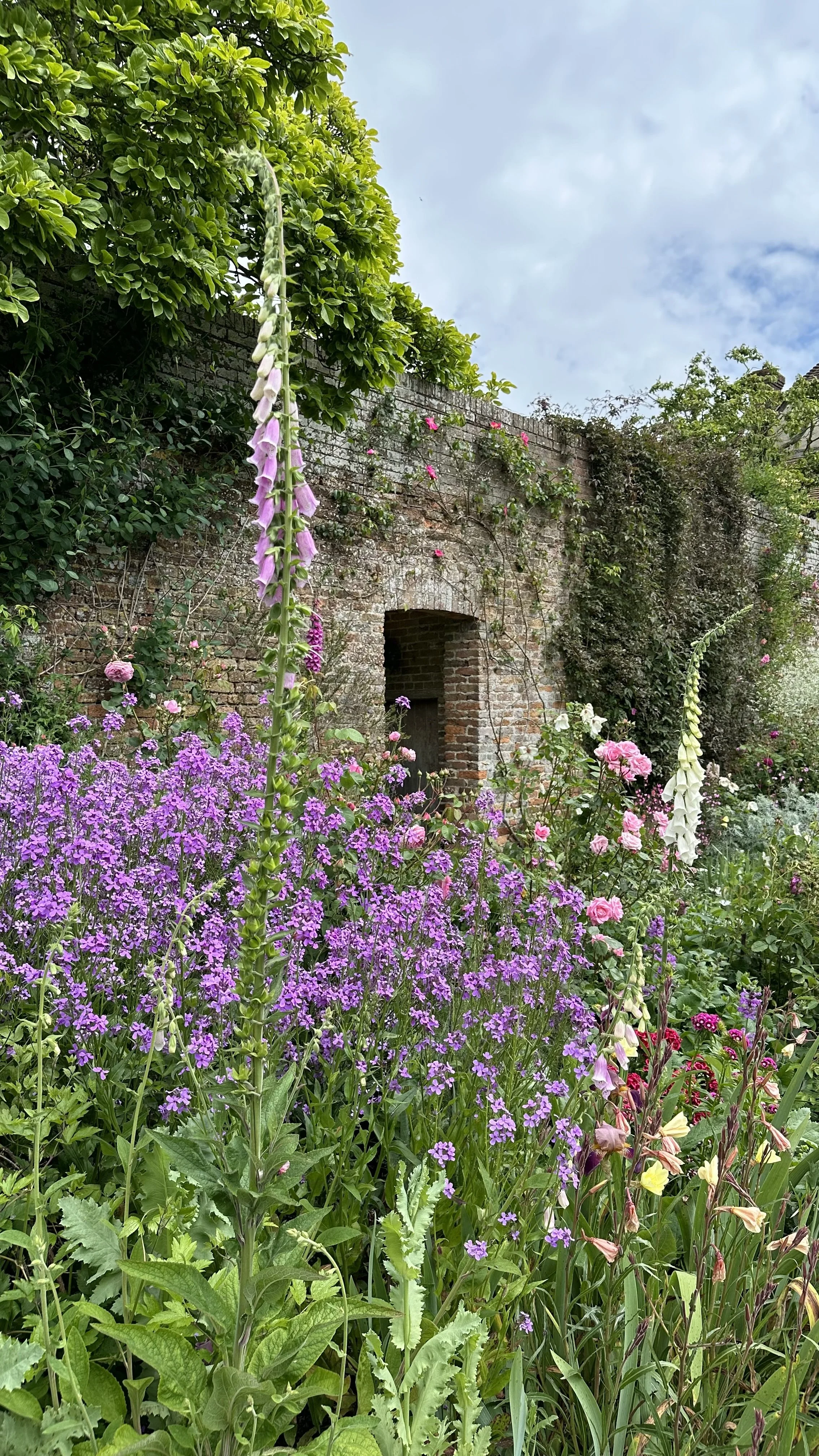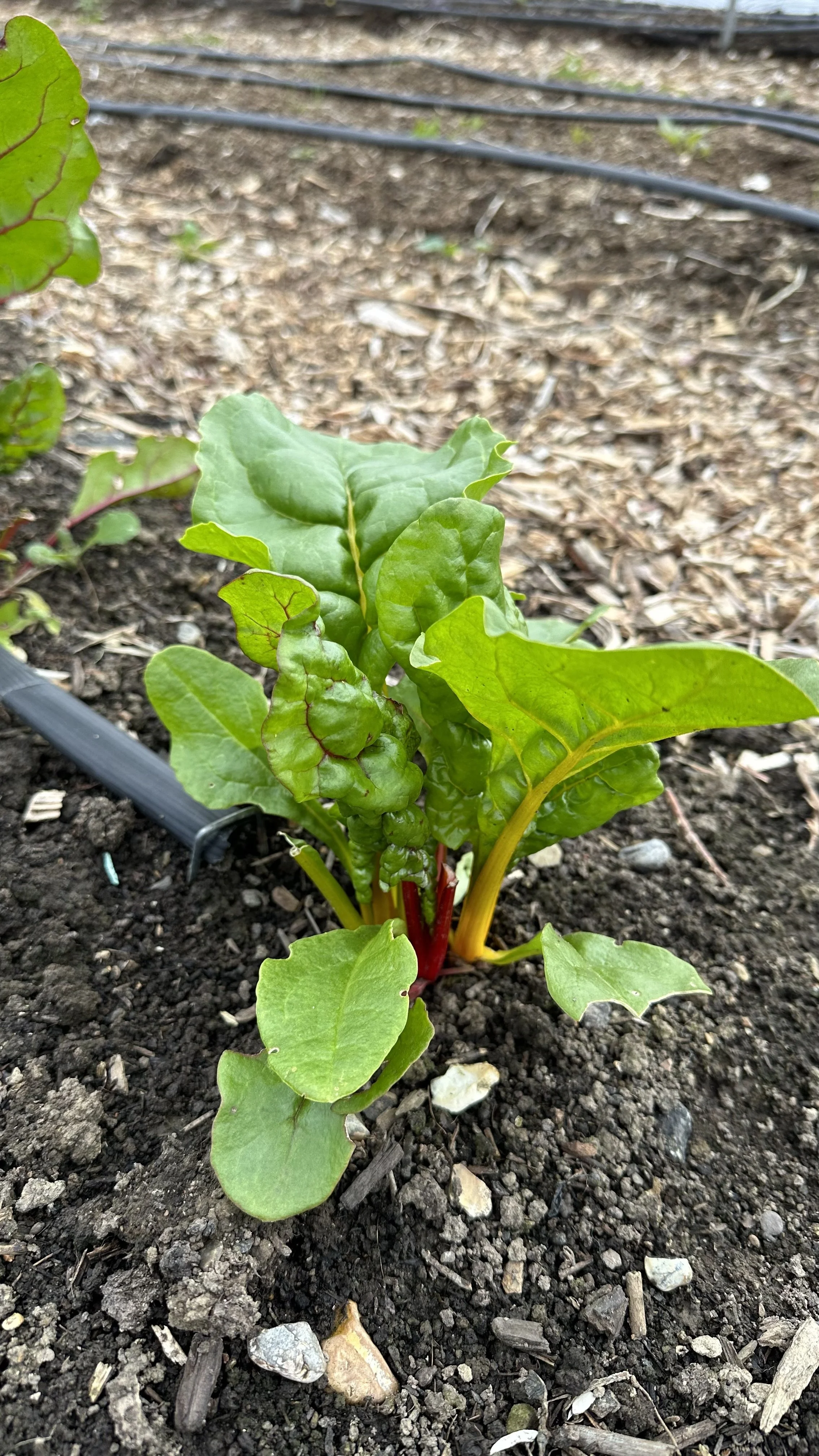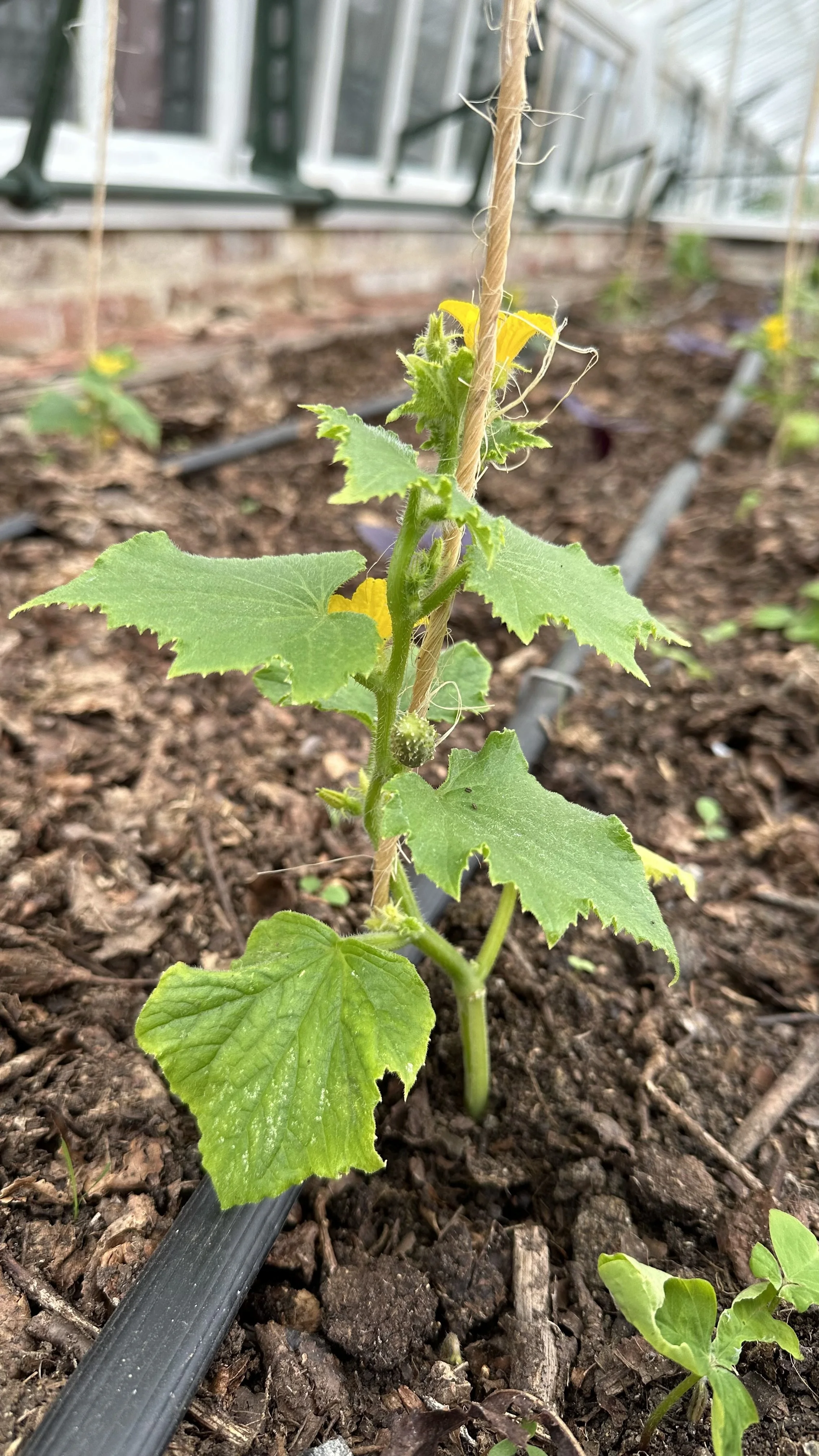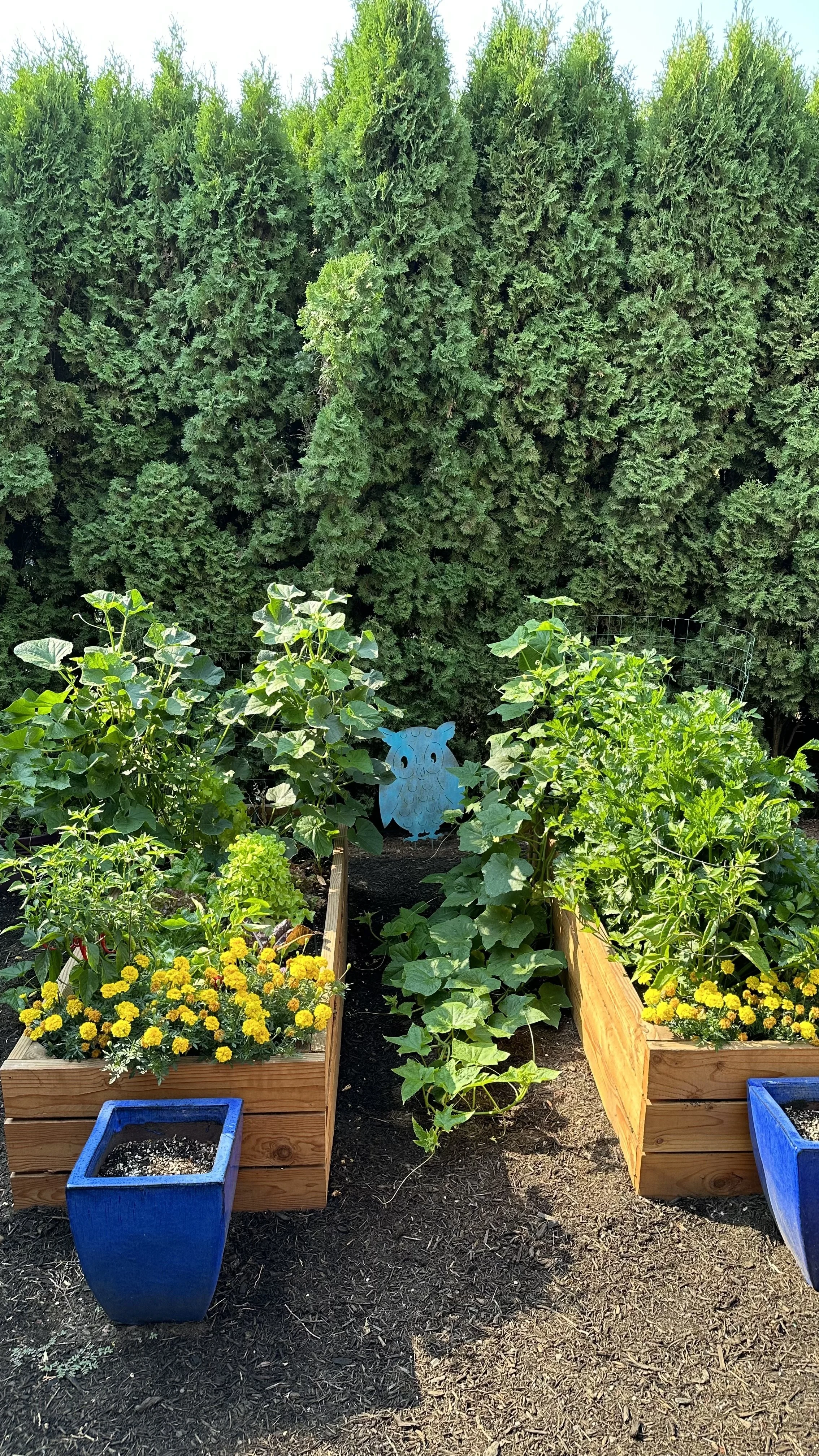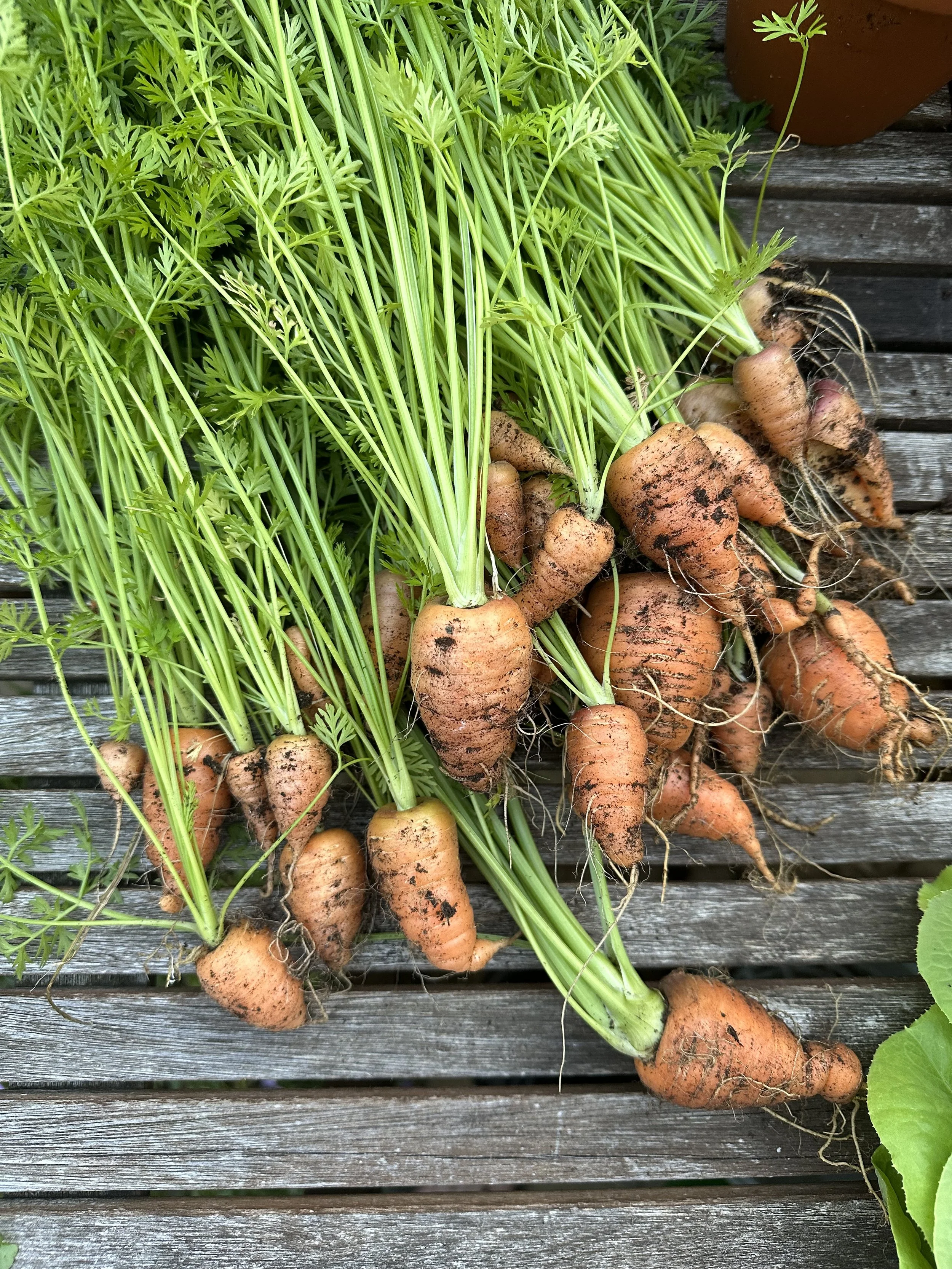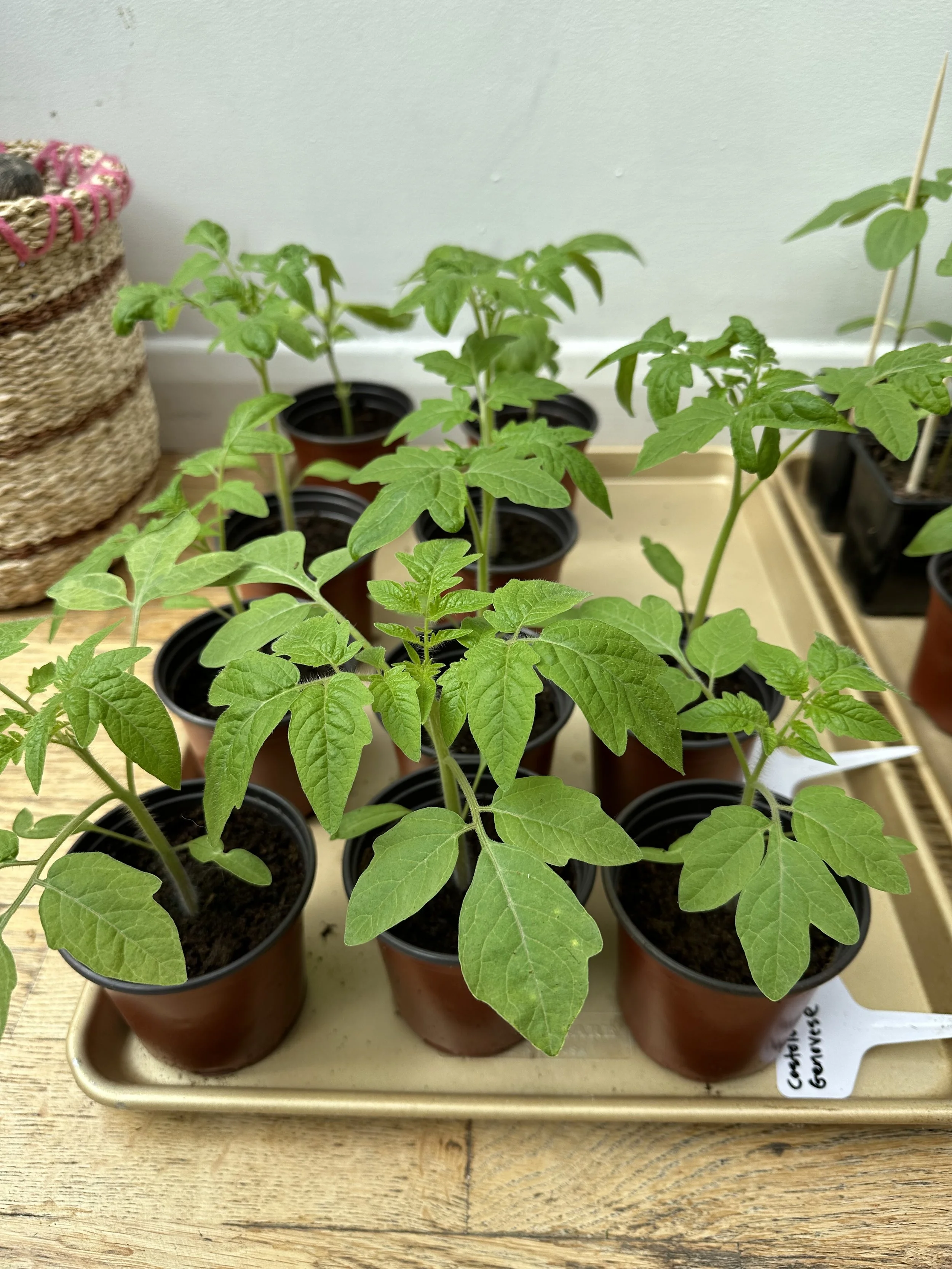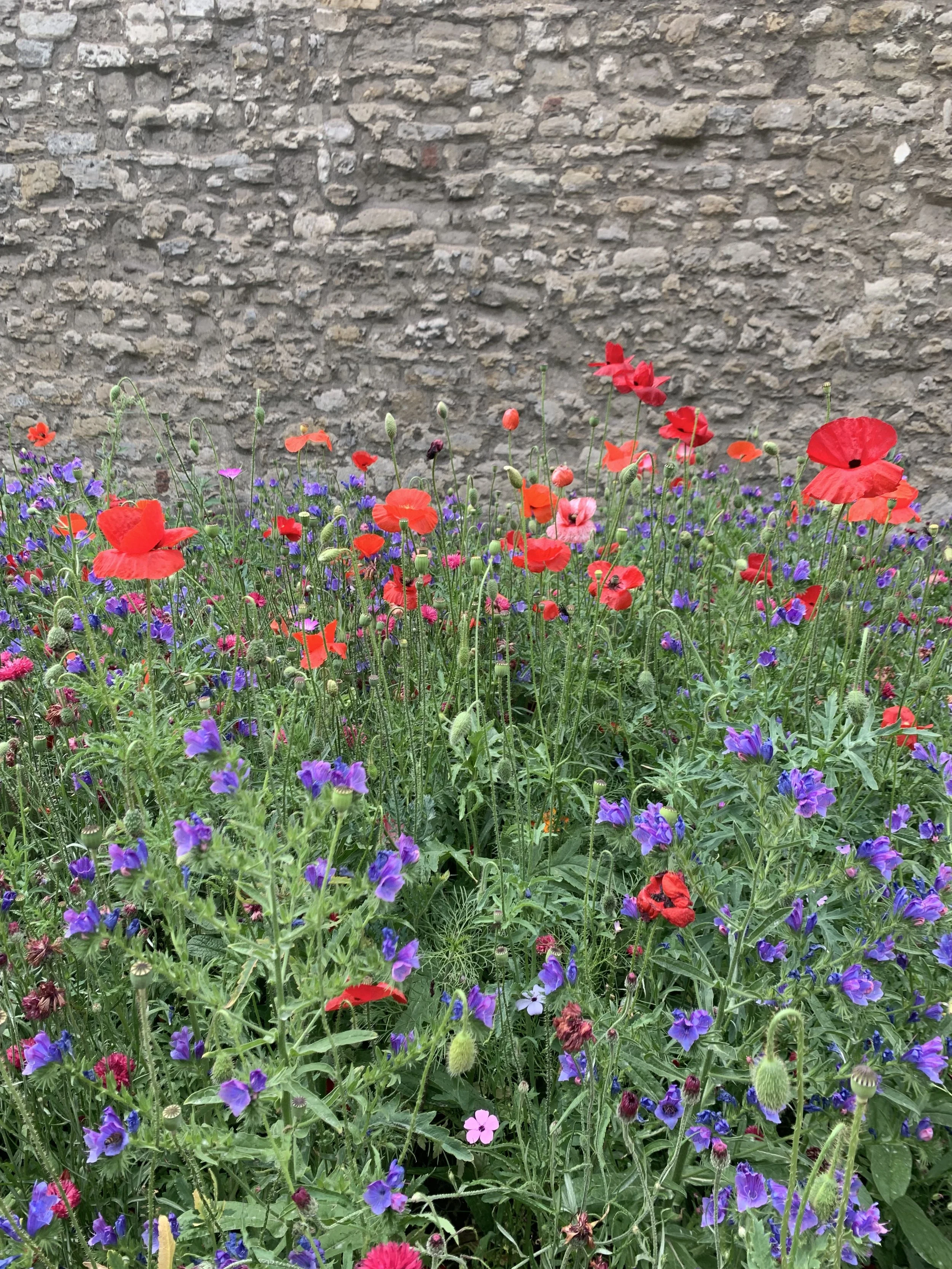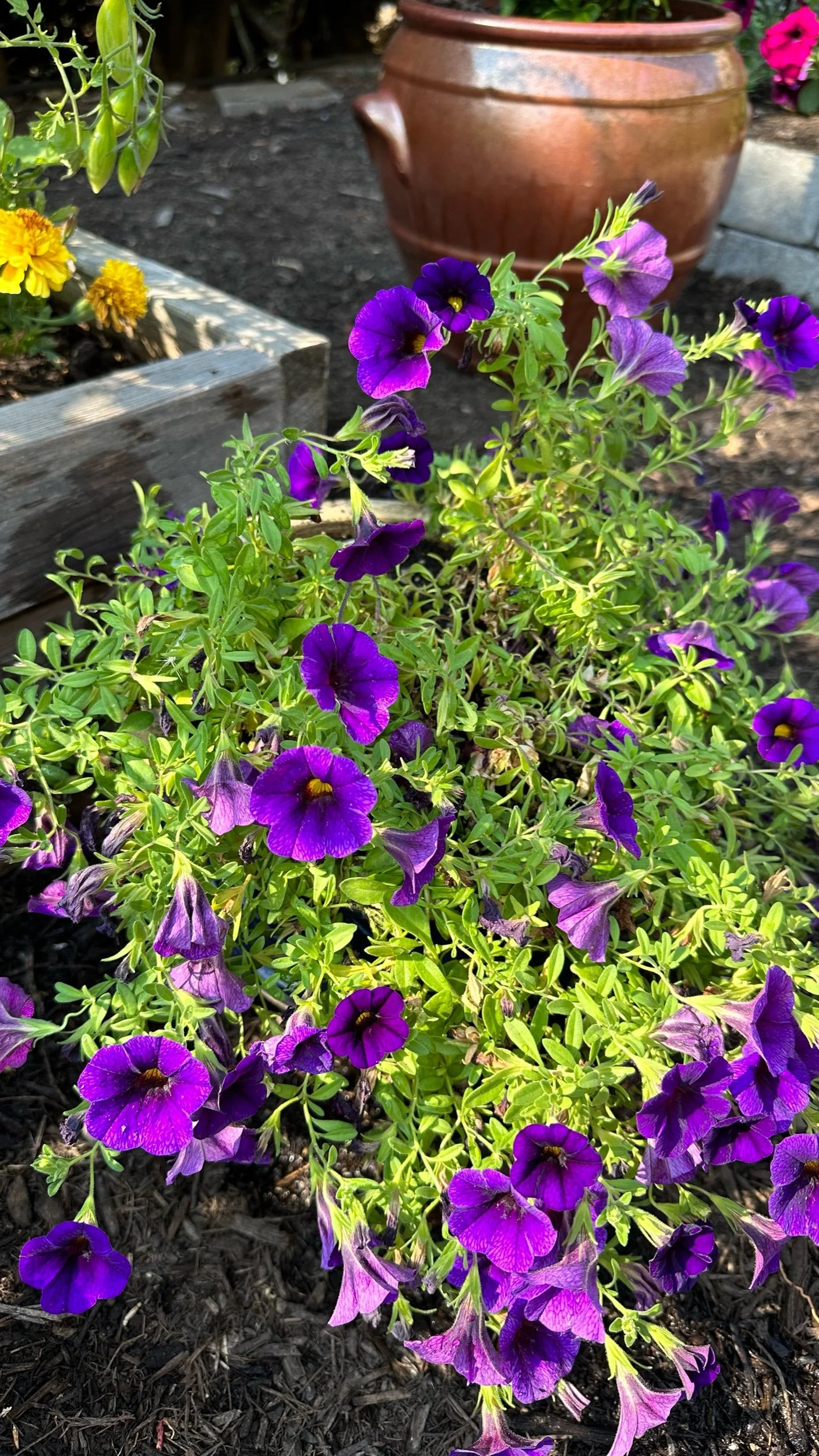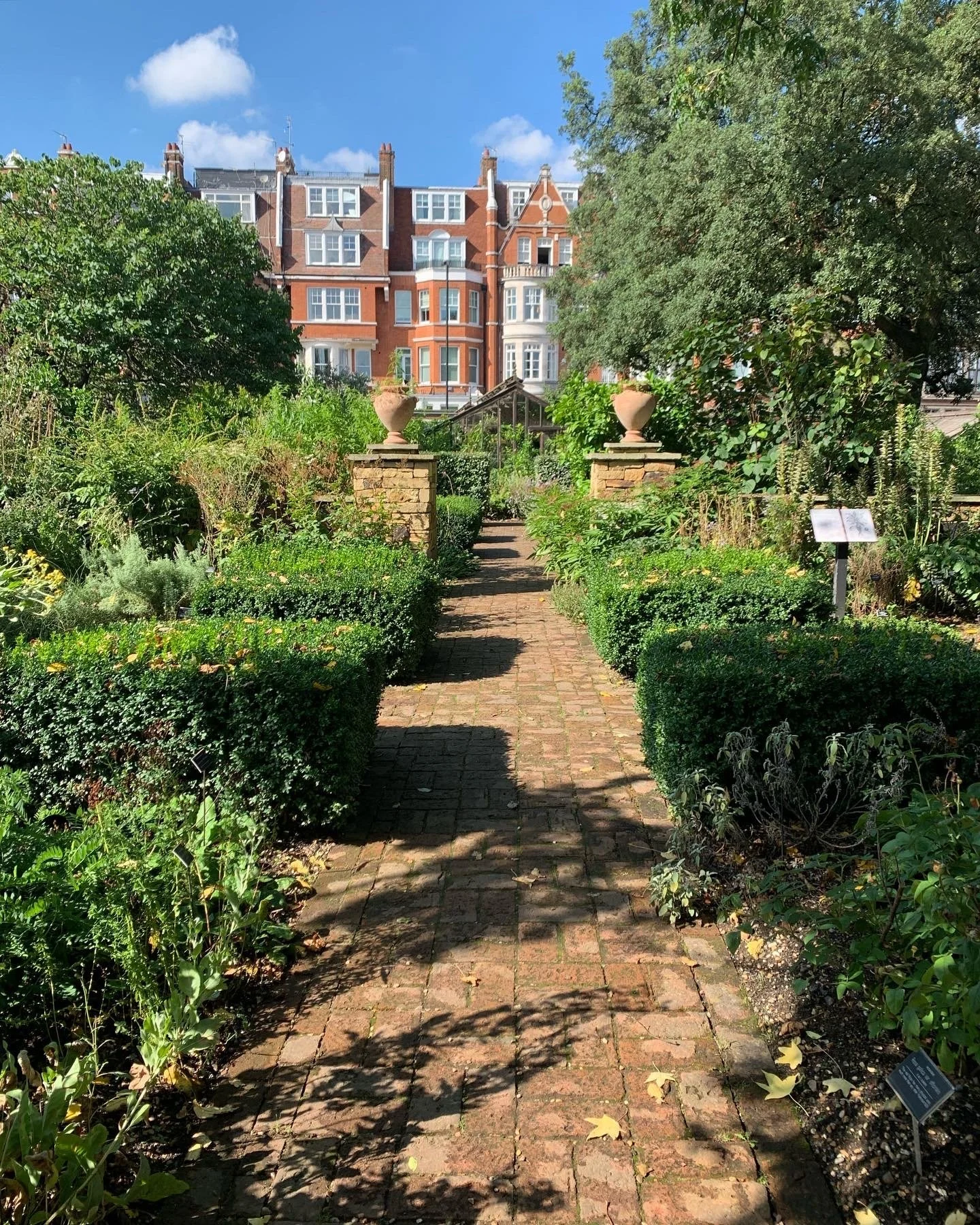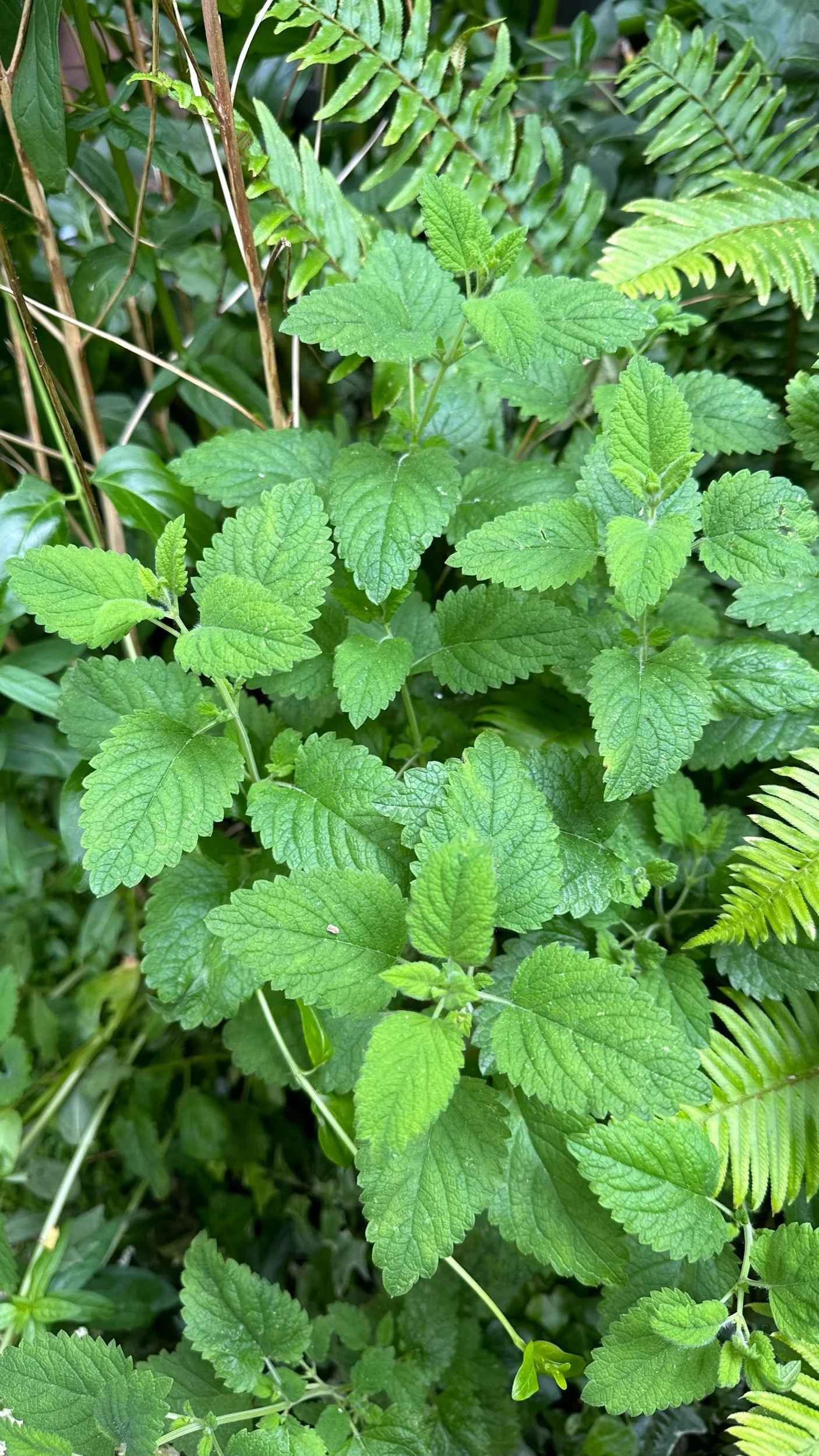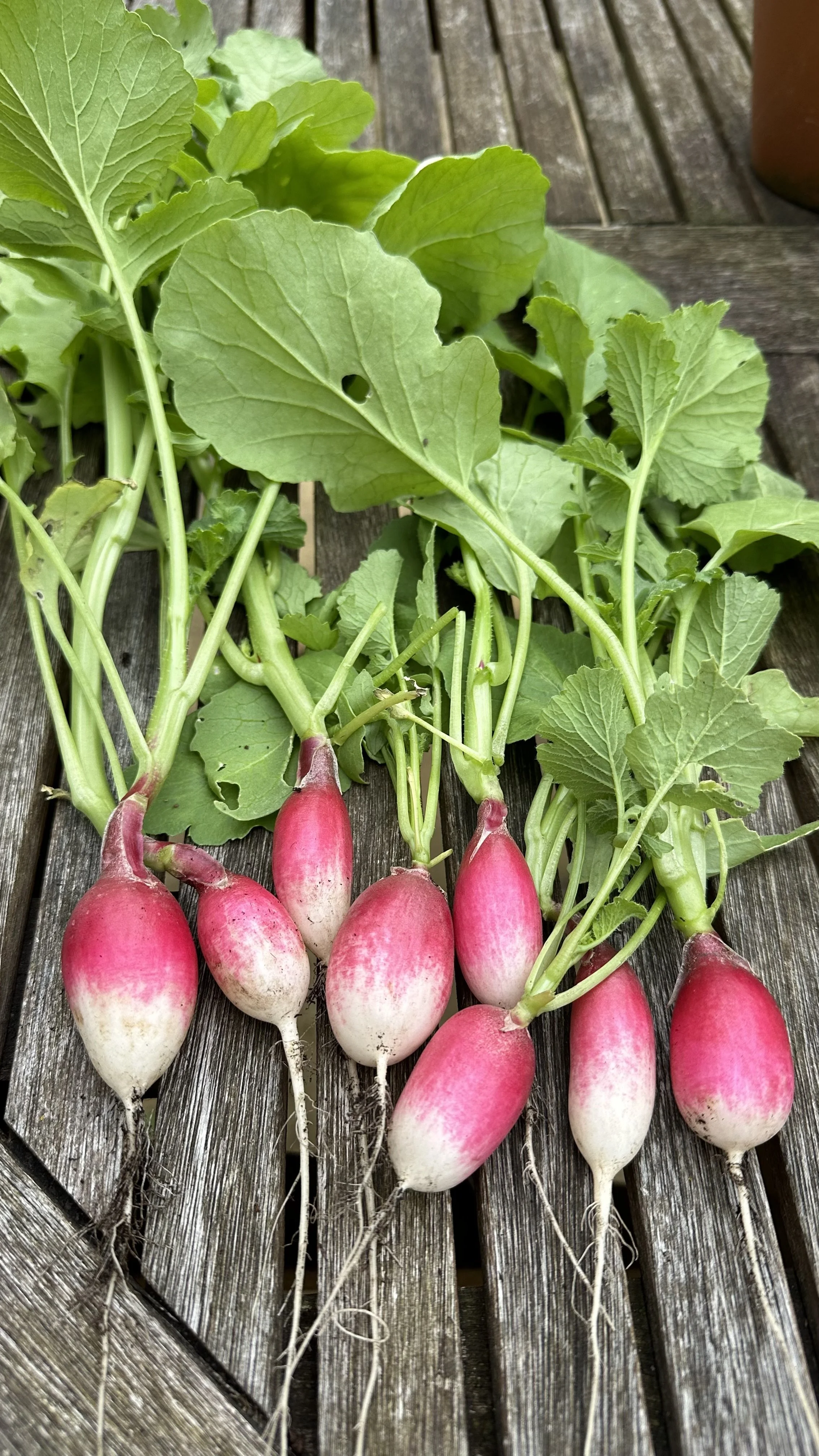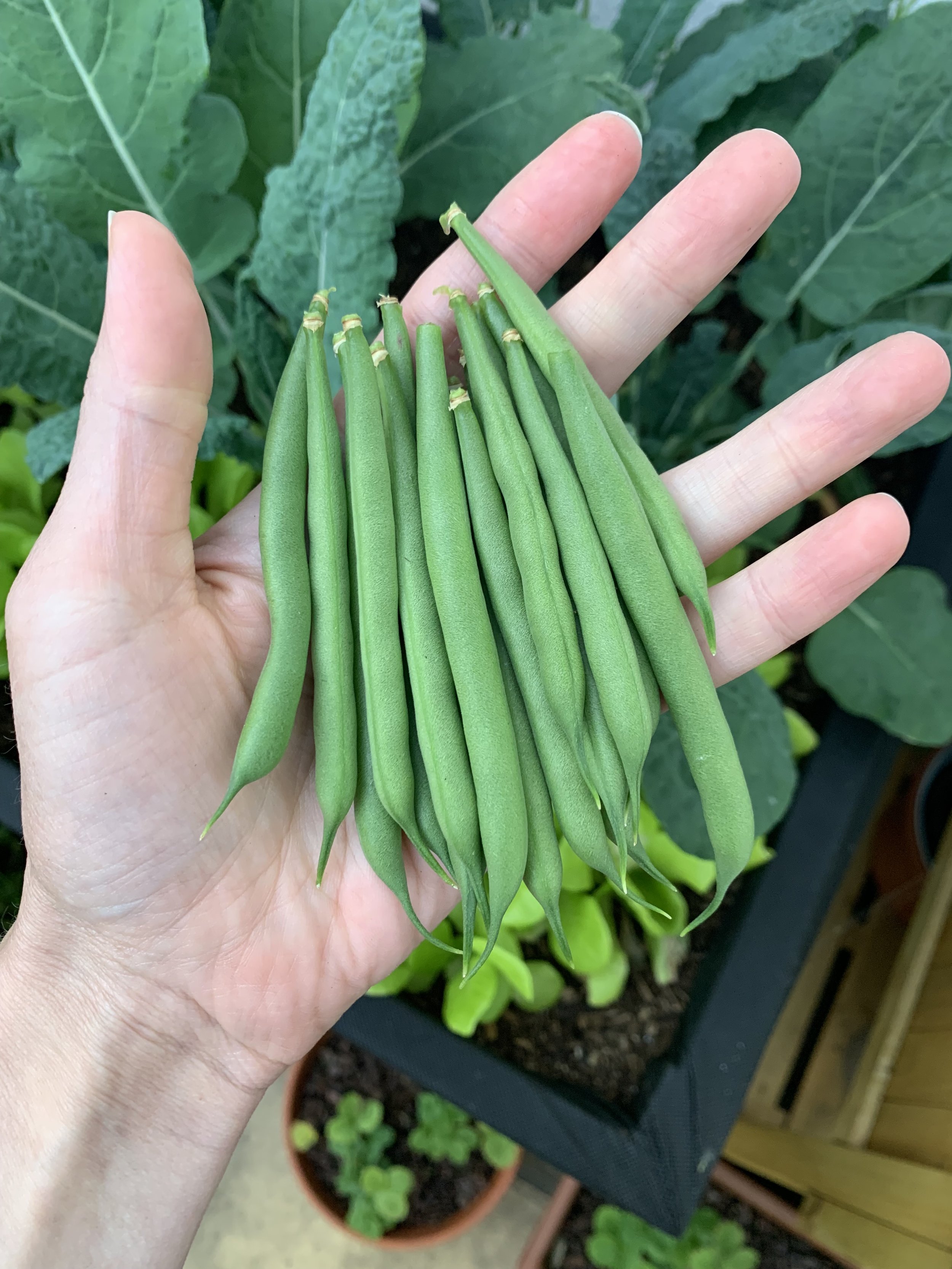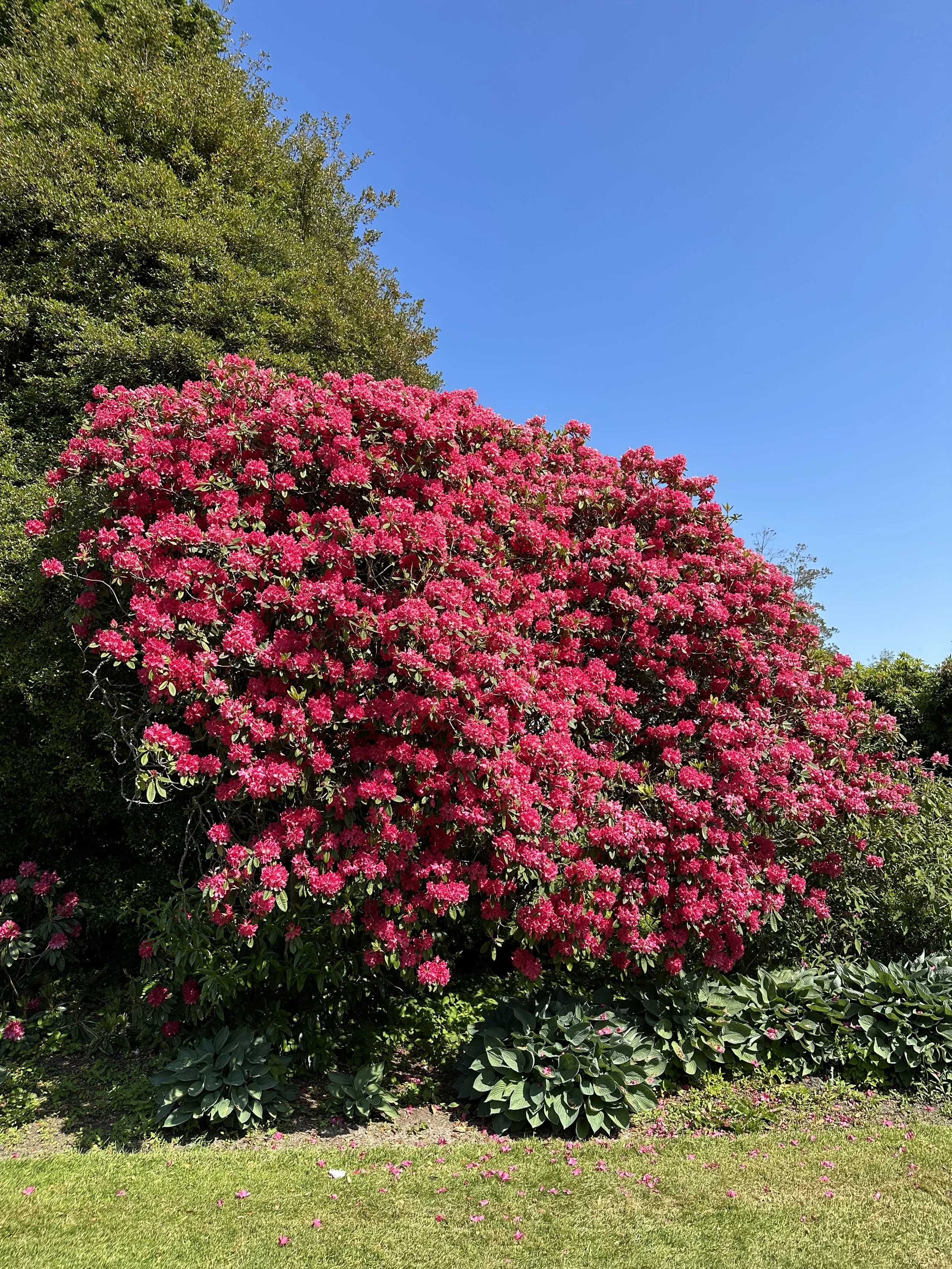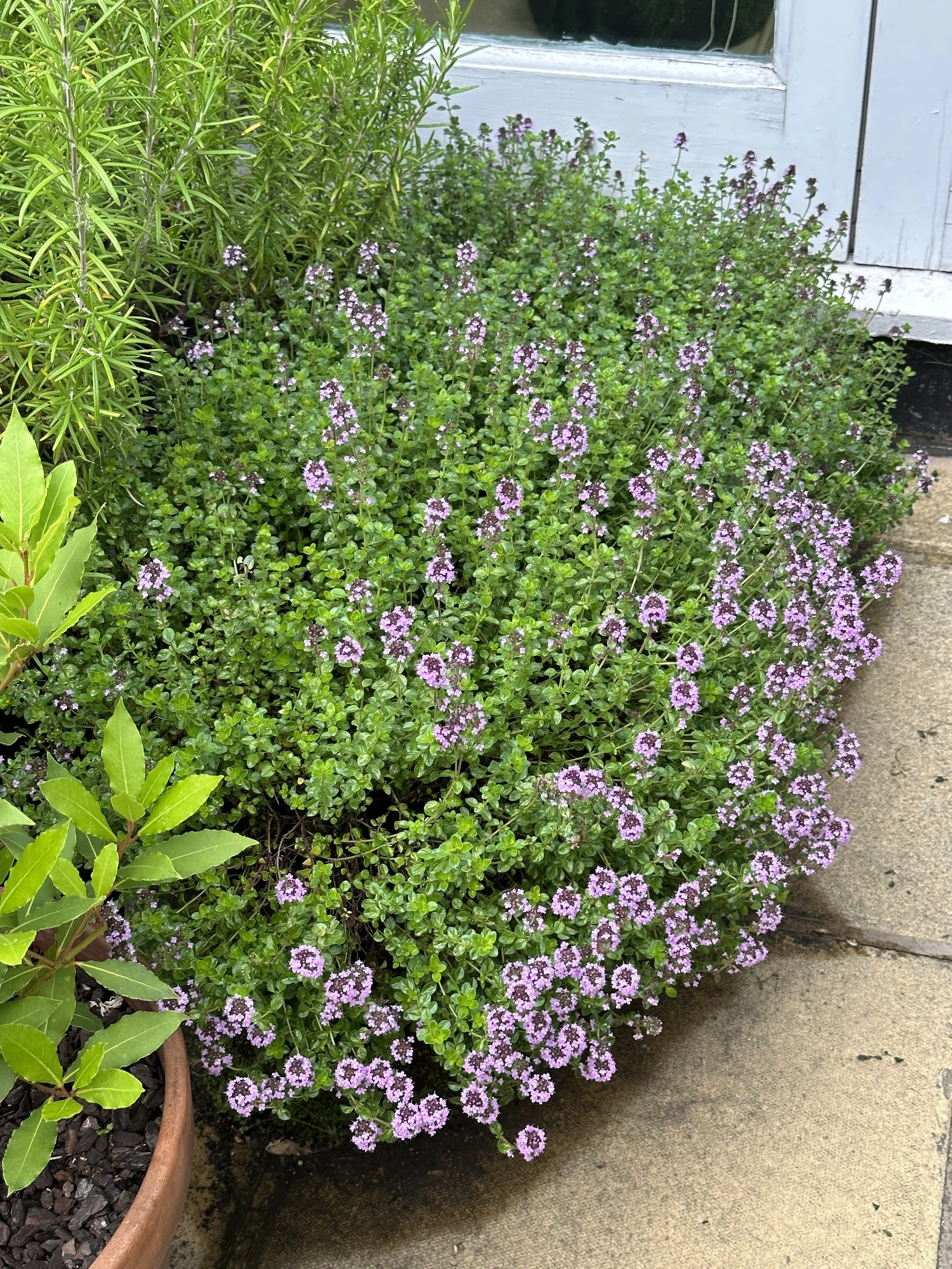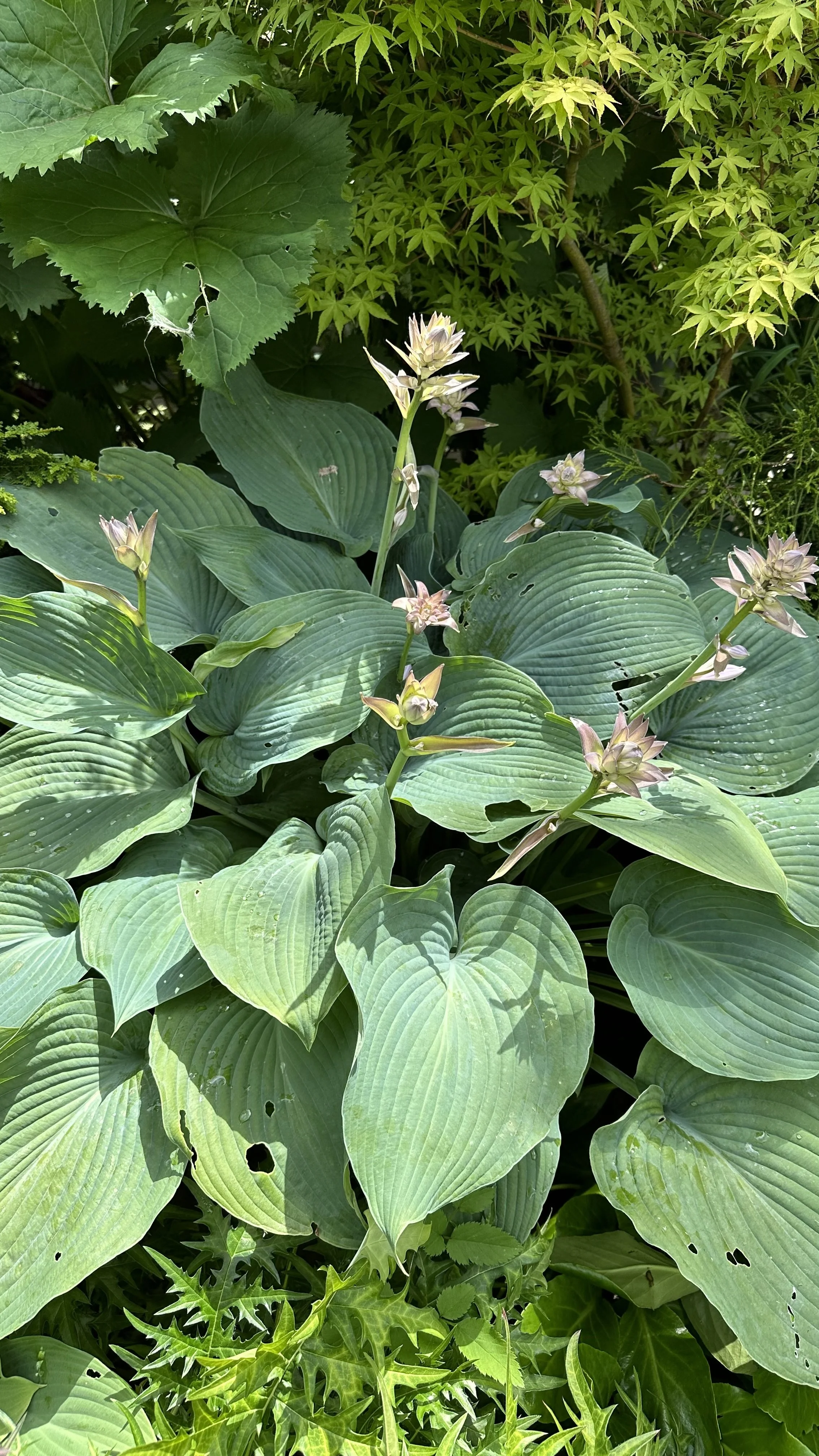The Best Plants for a North East Facing Garden
This article has links to products that I may make commission from.
When it comes to designing a garden, the direction your garden faces can make all the difference in which plants will thrive.
A north east facing garden, for instance, receives morning sun and shade during the afternoon.
This aspect is particularly suited to shade-loving plants that can tolerate cooler temperatures.
With careful consideration and planning, a north east facing garden can be transformed into a beautiful and vibrant space.
Here we will explore the best plants for a north east facing garden and I will provide some tips for creating a stunning garden design.
Check out my other guides to the best plants for your garden based on which direction your garden faces:
Do North East Gardens Get Any Sun?
Yes, north east facing gardens do receive some sun, particularly in the morning when the sun rises in the east.
However, as the day progresses, the garden will gradually become shaded by the house or other structures, and may only receive indirect or filtered sunlight during the afternoon.
In other words, a north east facing garden typically receives morning sun and shade during the afternoon.
During the summer months, the sun rises in the east and moves towards the west, so a north east facing garden will receive full sun during the morning and shade during the afternoon.
During the winter months, the sun is at a lower angle, so a north east facing garden may receive less sunlight.
This means that plants in a north east facing garden need to be able to tolerate cooler temperatures and shade, and may not thrive if they require full sun or intense heat.
Best North East Facing Garden Plants
When it comes to choosing plants for a northeast facing garden, it is important to choose ones that can tolerate shade and cooler temperatures.
Here are the best plants for a northeast facing garden:
Hostas
Hostas are an excellent choice for a north east facing garden because they are shade-loving plants that can tolerate cooler temperatures.
Hostas are also relatively easy to care for and come in a wide variety of colors and sizes.
They are known for their large, lush leaves that can add texture to a garden design.
In a north east facing garden, hostas will receive morning sun and shade during the afternoon, which is the perfect amount of light for these shade-loving plants.
Additionally, hostas can grow quite large, making them an ideal choice for filling in empty spaces.
Overall, hostas are a great choice for a north east facing garden because of their ability to thrive in shade and cooler temperatures while adding beauty and texture to the space.
Learn more about growing and caring for hostas with my guides:
Hosta Care in Winter to Ensure Springtime Splendor
Here are the hostas I recommend growing:
Ferns
Ferns are an excellent choice for a north east facing garden because they are shade-loving plants.
They are also highly versatile, with many different varieties to choose from.
Ferns are known for their delicate fronds that add a lush, tropical feel to a garden.
In a north east facing garden, ferns will receive morning sun and shade during the afternoon, which is perfect for these shade-loving plants.
Additionally, ferns are relatively low-maintenance and can add interest and texture to a garden without requiring a lot of attention.
Ferns also come in different sizes, from small and delicate to large and bold, making them a great choice for filling in empty spaces.
Overall, ferns are an excellent choice for a north east facing garden because of their ability to thrive in shade and cooler temperatures since there will be very little afternoon sun in a north east facing garden.
To learn more about ferns, check out my article on the Top Evergreen Ferns to add year-round seasonal interest to your garden.
Here is the fern I recommend growing:
Hydrangeas
Hydrangeas are a great choice for a north east facing garden because they are shade-tolerant plants that prefer cooler temperatures.
They are known for their large and showy flower heads, which come in a range of colors from white and pink to blue and purple, depending on the acidity of the soil.
Hydrangeas prefer a moist, well-draining soil and can thrive in the morning sun and shade during the afternoon that a north east facing garden provides.
They also have a long blooming period, typically from late spring to early fall, providing color and interest throughout the growing season.
In addition to their attractive flowers, hydrangeas also have lush foliage that can add interest and texture.
There are many varieties of hydrangeas to choose from, including the popular mophead and lacecap varieties, as well as the more compact and shade-tolerant varieties like the "Little Lime" and "Limelight" hydrangeas.
Overall, hydrangeas are an excellent choice for a northeast facing garden because they can thrive in shade and cooler temperatures while providing beautiful and long-lasting blooms throughout the growing season.
Check out my article on Yellowing Hydrangea Leaves: Fixing the Problem if you are experiencing issues with your hydrangeas.
Here is the “Limelight” hydrangea I recommend:
Bleeding Hearts
Bleeding hearts are an excellent choice for a north east facing garden because they are shade-loving plants that can tolerate cooler temperatures.
They are also known for their stunning heart-shaped flowers that add a pop of color to the garden.
Bleeding hearts prefer a moist, well-draining soil and can thrive in the morning sun and shade during the afternoon that a north east facing garden provides.
They bloom in late spring, making them a great choice for adding color to a garden from spring into summer.
Additionally, bleeding hearts are relatively easy to care for and require minimal maintenance, making them a great choice for busy gardeners.
To learn more, check out my guide: How to Grow Bleeding Heart.
Here is the bleeding heart I recommend growing:
Camellias
Camellias are an excellent choice for a north east facing garden because they are shade-loving plants that can tolerate cooler temperatures.
They are known for their stunning and showy flowers that come in a range of colors, from white and pink to red and even yellow.
Camellias prefer a moist, well-draining soil and can thrive in the morning sun and shade during the afternoon that a north east facing garden provides.
They are also evergreen, meaning they will retain their foliage throughout the year, adding interest and structure to a garden even during the winter months.
Camellias bloom in the late winter or early spring, making them a great choice for interest to the garden during the cooler months.
Camellias are an excellent choice for a north east facing garden because of their ability to thrive in shade and cooler temperatures while adding beauty and interest to the space throughout the year.
Here is the camellia I recommend growing:
Hellebores
Hellebores, also known as Lenten roses, are an excellent choice for a north east facing garden because they are shade-loving plants that can tolerate cooler temperatures.
They are known for their stunning and unique flowers that bloom in late winter or early spring, providing interest to the garden during the cooler months.
Check out my guide: How to Grow Hellebores in Pots.
Hellebores prefer a moist, well-draining soil and can thrive in the morning sun and shade during the afternoon that a north east facing garden provides.
They are also evergreen, meaning they will retain their foliage throughout the year, adding structure to the garden in the winter months.
Hellebores come in a range of colors, from white and pink to purple and even green, and their foliage can also vary in texture and color.
To learn more about growing hellebores, check out my guide: What do you do with hellebores in the summer?
Here are the hellebores I recommend growing:
Flowering vines also work really well in north east facing gardens, check out our article on The 10 Best Flowering Vines for Shade.
Best Trees for North East Facing Gardens
When it comes to selecting trees for a north east facing garden, it's important to consider their ability to tolerate shade and cooler temperatures.
Here are a few trees that can thrive in these conditions:
Japanese maple
Japanese maples (Acer palmatum) are a popular choice for a north east facing garden because they are shade-tolerant and can thrive in cooler temperatures.
They are known for their delicate foliage, which can come in a range of colors, from deep red and burgundy to bright green and yellow.
In the fall, the leaves turn a brilliant shade of red, orange, or yellow, providing a stunning display.
Japanese maples prefer a moist, well-draining soil and can thrive in the morning sun and shade during the afternoon that a north east facing garden provides.
They are also relatively slow-growing trees, which makes them well-suited to smaller gardens.
Additionally, because they have a shallow root system, they can be grown in containers or in small spaces, making them a versatile choice for any garden.
One of the benefits of Japanese maples is that they come in a variety of shapes and sizes, from weeping varieties to upright trees.
This means that you can select a variety that will fit perfectly into your garden design, whether you're looking for a focal point or a tree to provide a backdrop for other plants.
Overall, Japanese maples are an excellent choice for a north east facing garden because they are shade-tolerant, can thrive in cooler temperatures, and provide stunning foliage and color throughout the growing season.
Whether you're looking for a small tree to add interest to a patio or a larger tree to anchor a garden bed, a Japanese maple can be a beautiful and versatile addition.
Here is the Japanese Maple I recommend growing:
Dogwood
Dogwood trees (Cornus florida) are another great choice for a north east facing garden.
They are known for their striking springtime display of showy pink or white blooms, and their colorful autumn foliage.
Dogwood trees can grow to a height of 20 to 30 feet, but they have a relatively shallow root system, which makes them suitable for smaller gardens.
One of the benefits of dogwood trees is that they can thrive in part shade, making them a great option for a north east facing garden that may not receive full sun.
They prefer well-draining soil that is slightly acidic and can be watered regularly.
Dogwood trees are also relatively easy to care for, and require minimal pruning.
In addition to their beautiful blooms and foliage, dogwood trees can also provide year-round interest in a garden.
During the winter months, the bark of the tree can provide an interesting texture and color to the garden, and may even attract birds.
Dogwood trees are available in a range of cultivars, including varieties with variegated foliage or smaller growth habits, making them a versatile choice.
Overall, dogwood trees are an excellent choice for a north east facing garden, providing striking seasonal interest throughout the year.
Check out my full guide to White Spring Flowering Trees for your Garden Design.
Here is the dogwood tree I recommend growing:
Dwarf conifers (Pinus spp.)
Dwarf conifers are an excellent choice for a north east facing garden as they can add year-round interest, structure, and texture.
These slow-growing trees come in a variety of sizes and shapes, making them perfect for smaller gardens.
One of the main benefits of dwarf conifers is that they are evergreen, which means they provide year-round color, even during the winter months when many other plants have died back.
Their foliage can range in color from green and blue to yellow and gold, and they can add interesting texture to a garden with their needles or cones.
Dwarf conifers can also thrive in part shade, making them a great option for a north east facing garden that may not receive full sun.
They are also low-maintenance and can be grown in a range of soil types, as long as the soil is well-draining.
In addition, because they are slow-growing, they require minimal pruning and can be easily incorporated into garden design.
Small conifers can also be grown in containers, check out my guide: Top Low Maintenance Evergreen Plants for Pots.
Here is the dwarf conifer I recommend growing:
Choosing the right plants for a north east facing garden can be a challenge, but there are many beautiful options available.
By considering the unique characteristics of a north east facing garden, such as the cooler temperatures, morning sun, and shade during the afternoon, you can select plants that will thrive in this garden aspect.
While a north east facing garden may not have the intense heat and full sun of a south facing garden, there are still many plants that can thrive in this unique garden aspect, providing beauty and interest throughout the year.
Whether you choose shade-loving plants like ferns and hostas or flowering shrubs like camellias and hydrangeas, a north east facing garden can be a beautiful and unique addition to any property.
Check out my other guides for the best plants for your garden based on which direction your garden faces:
